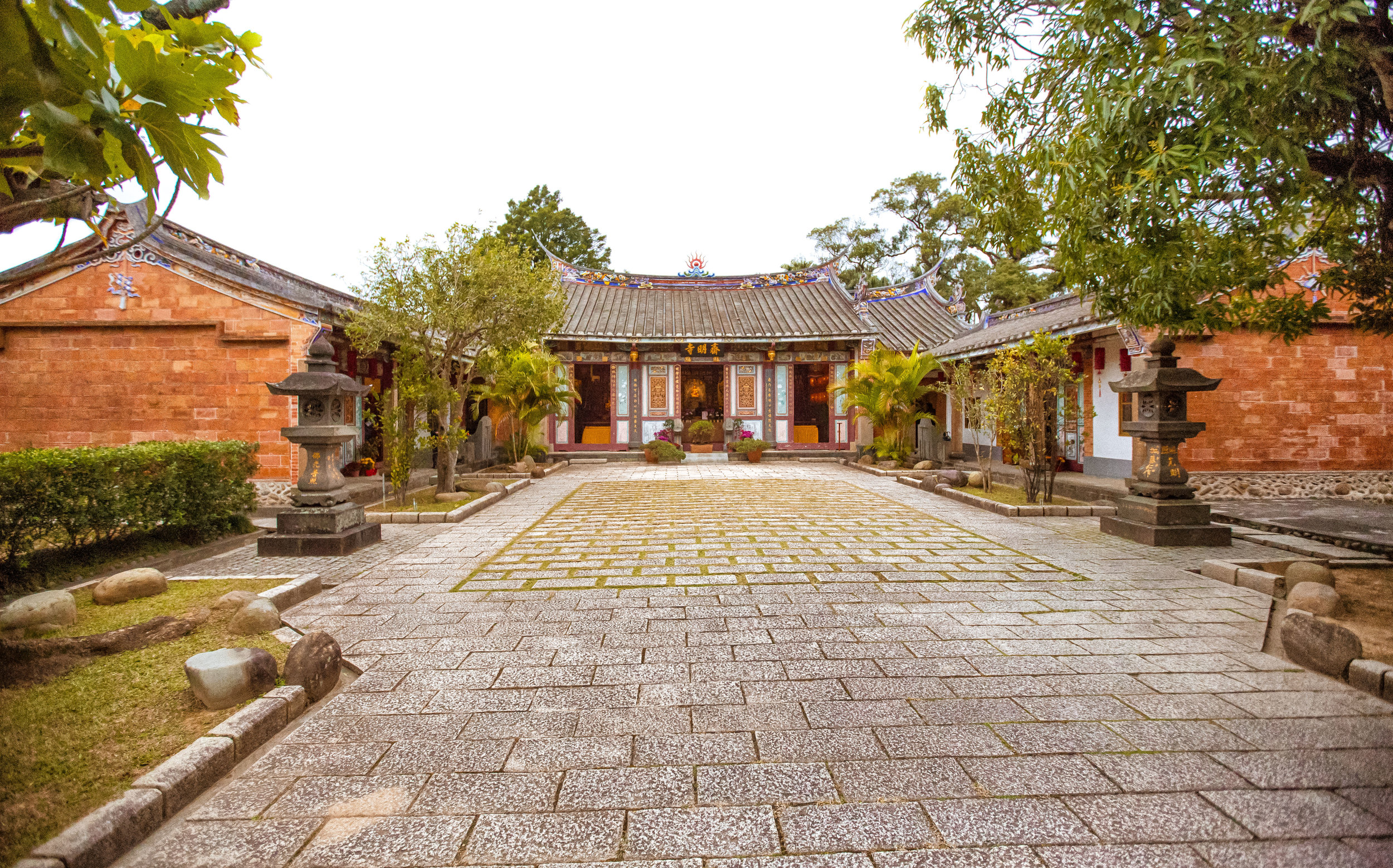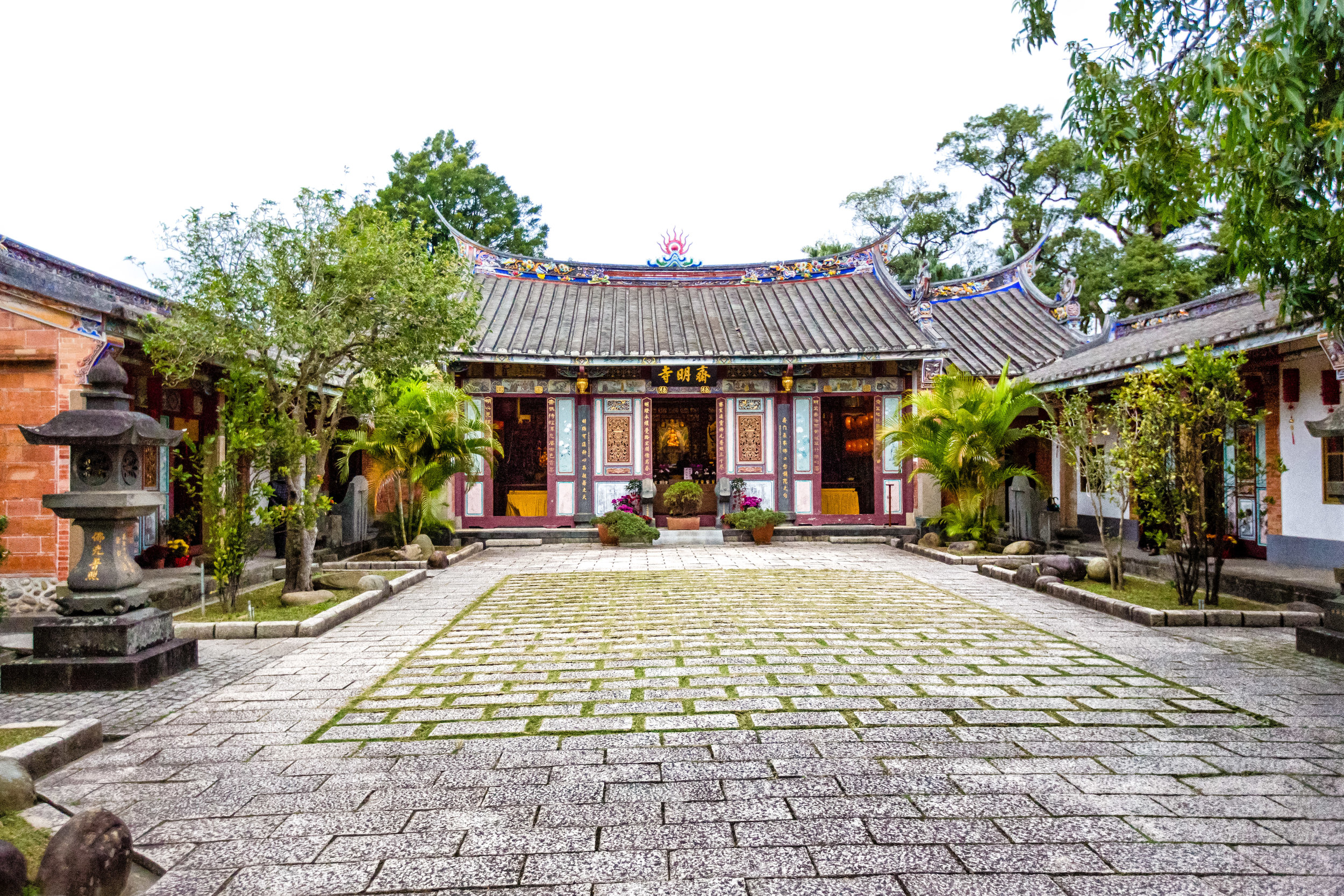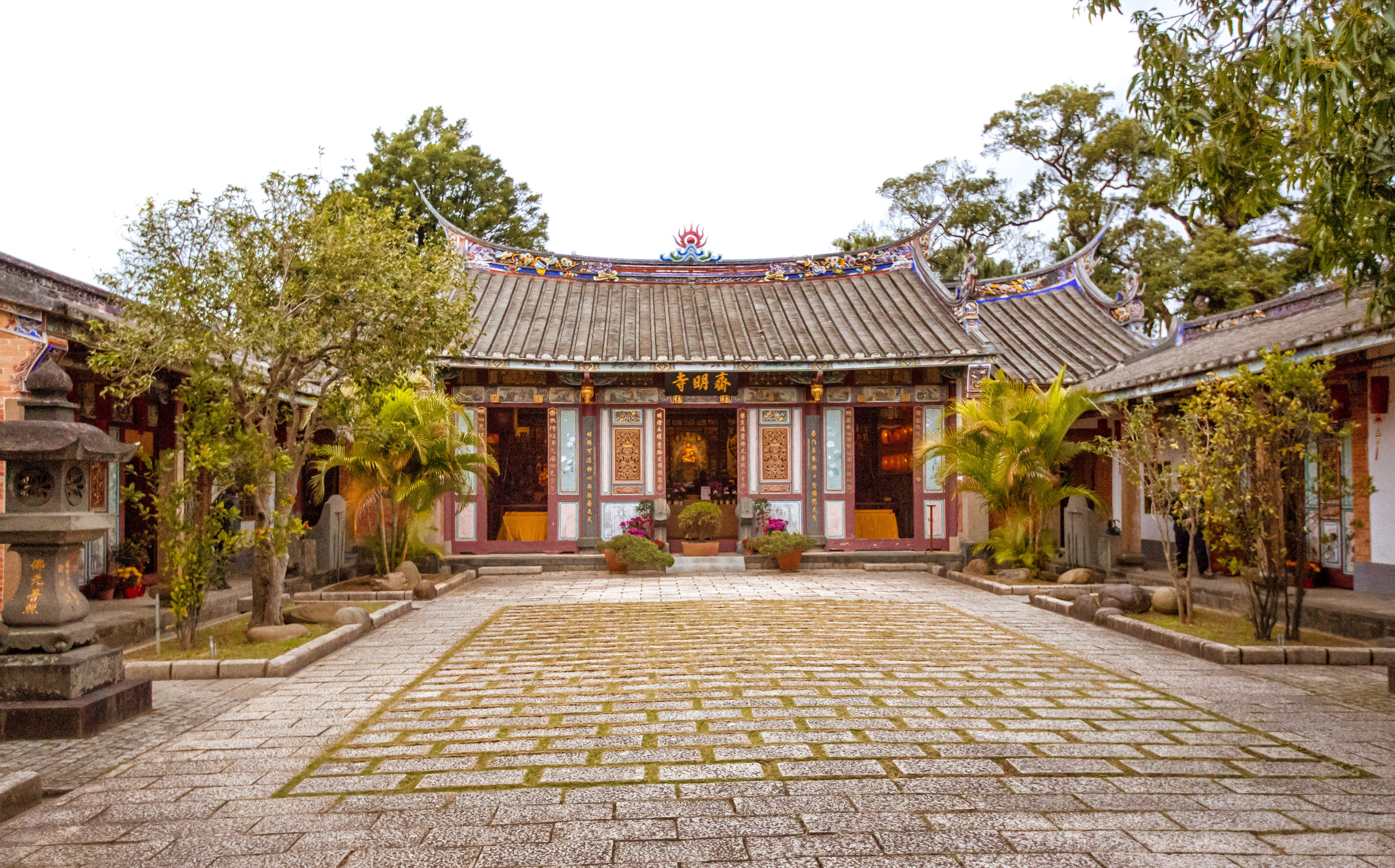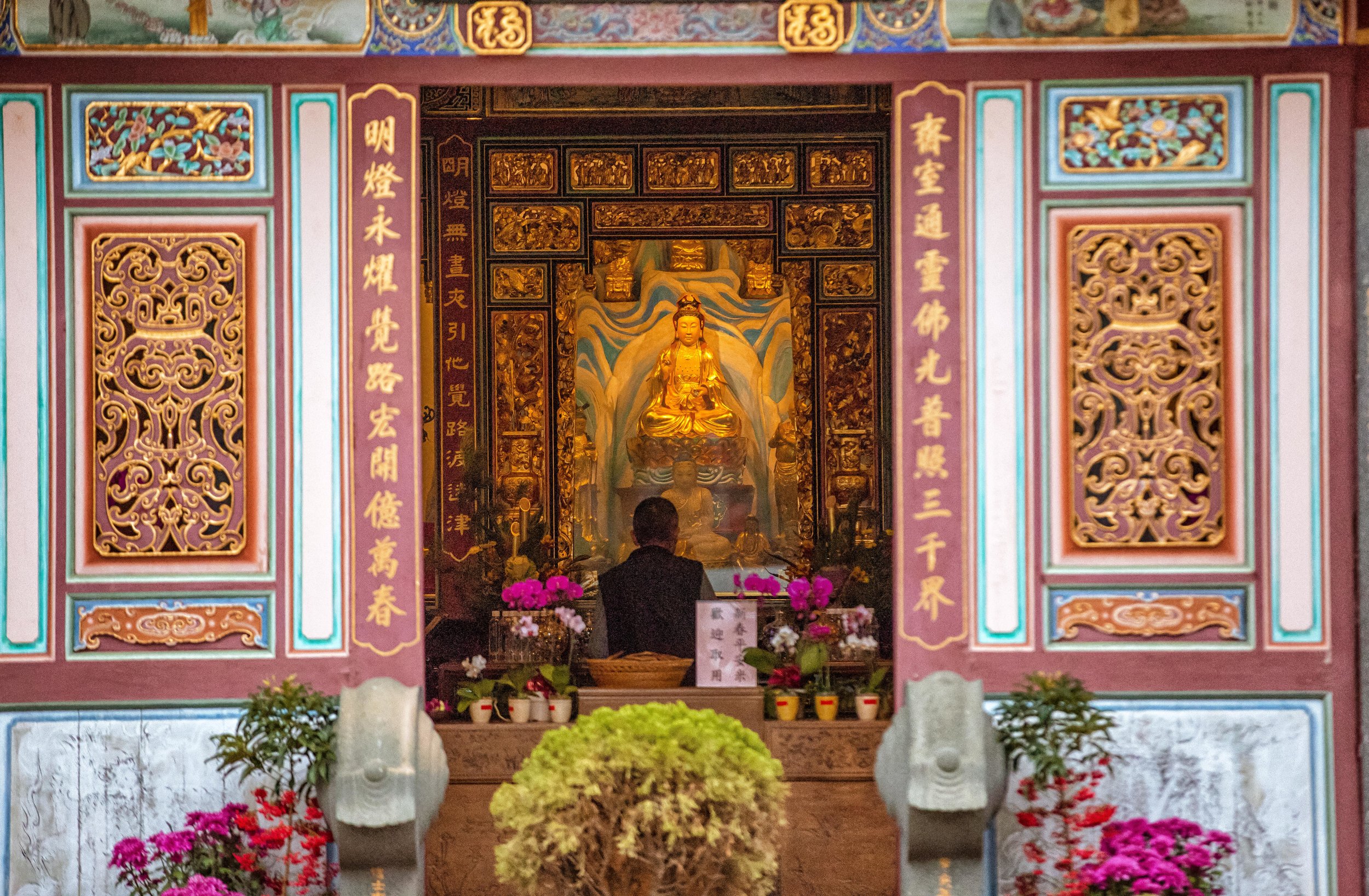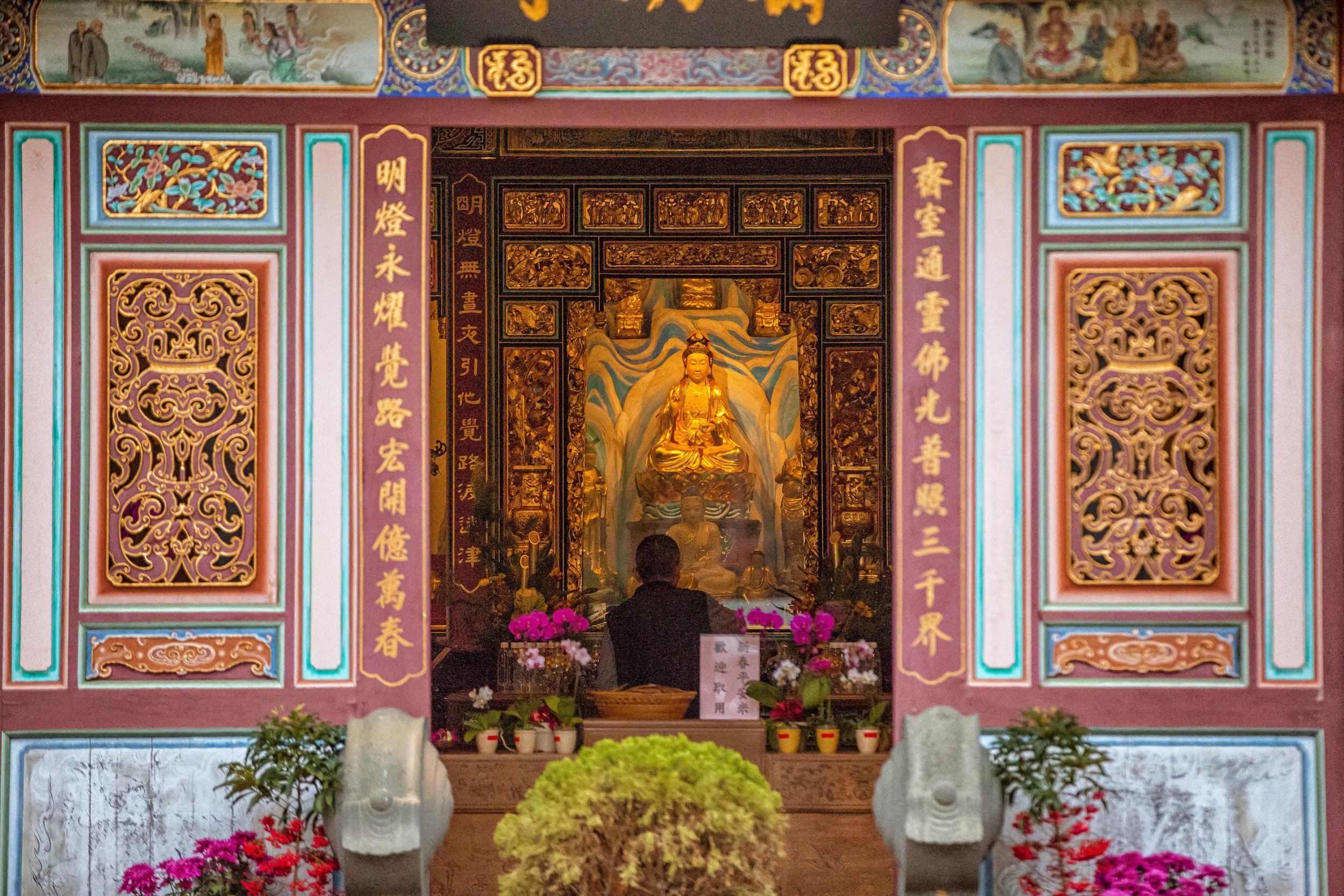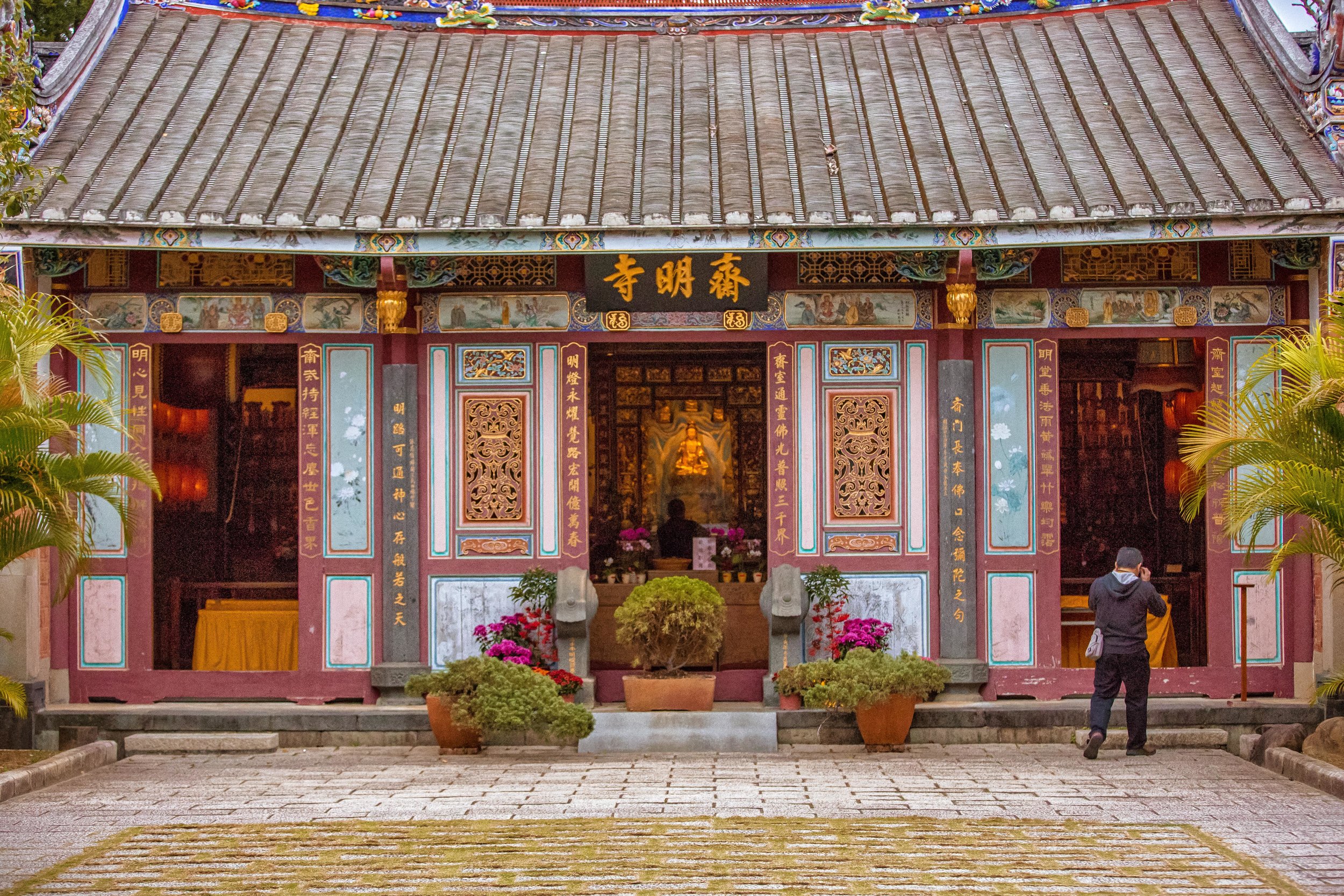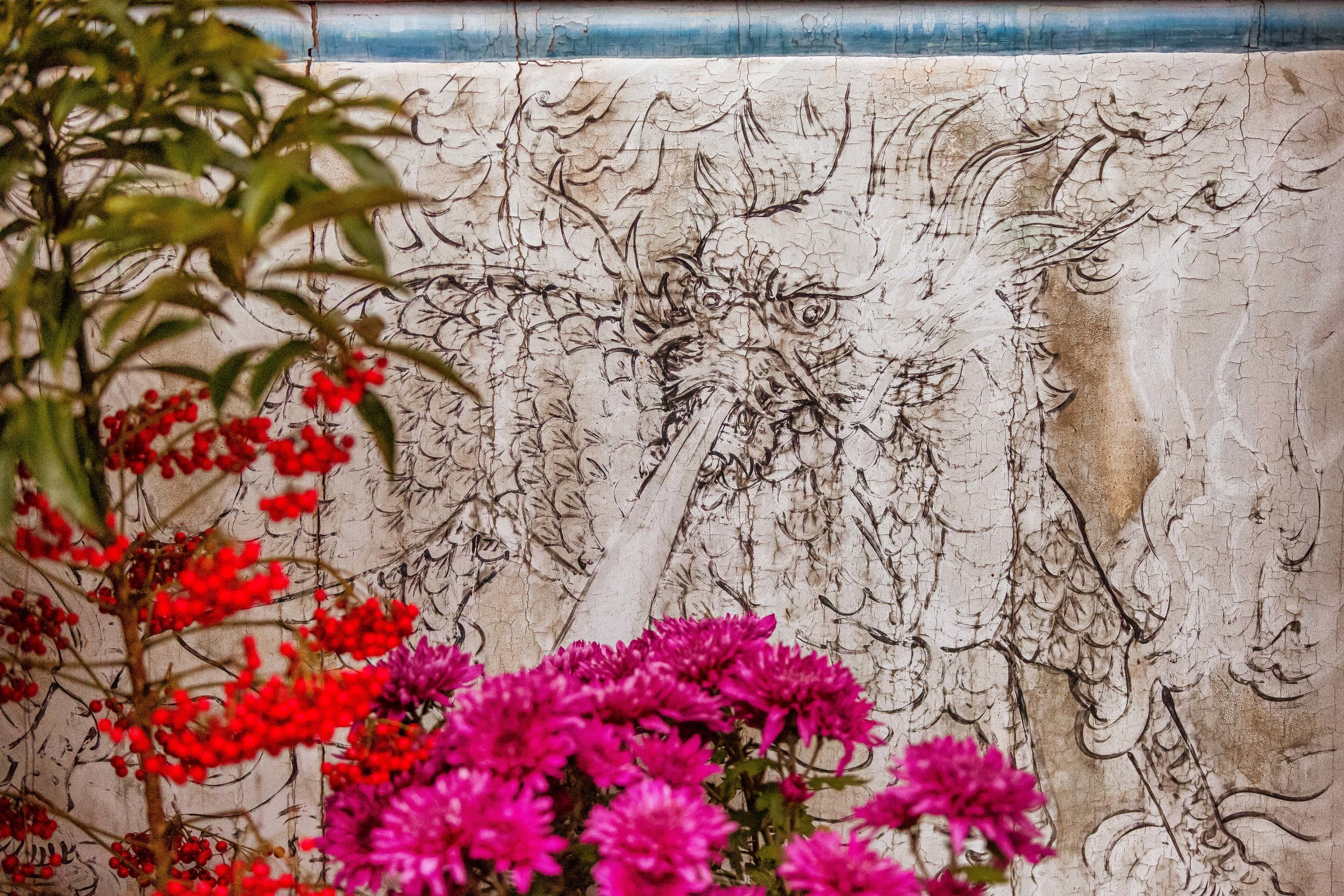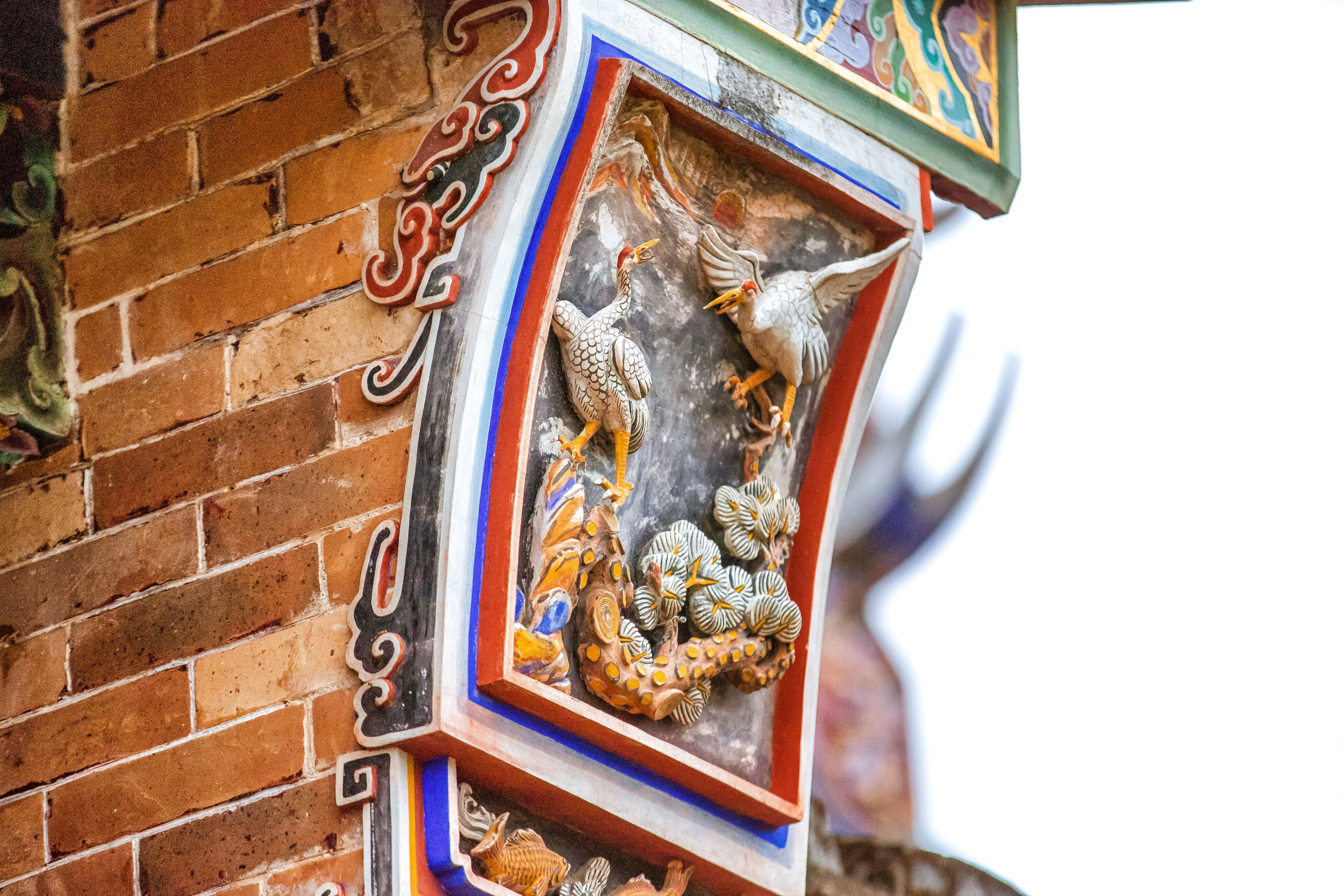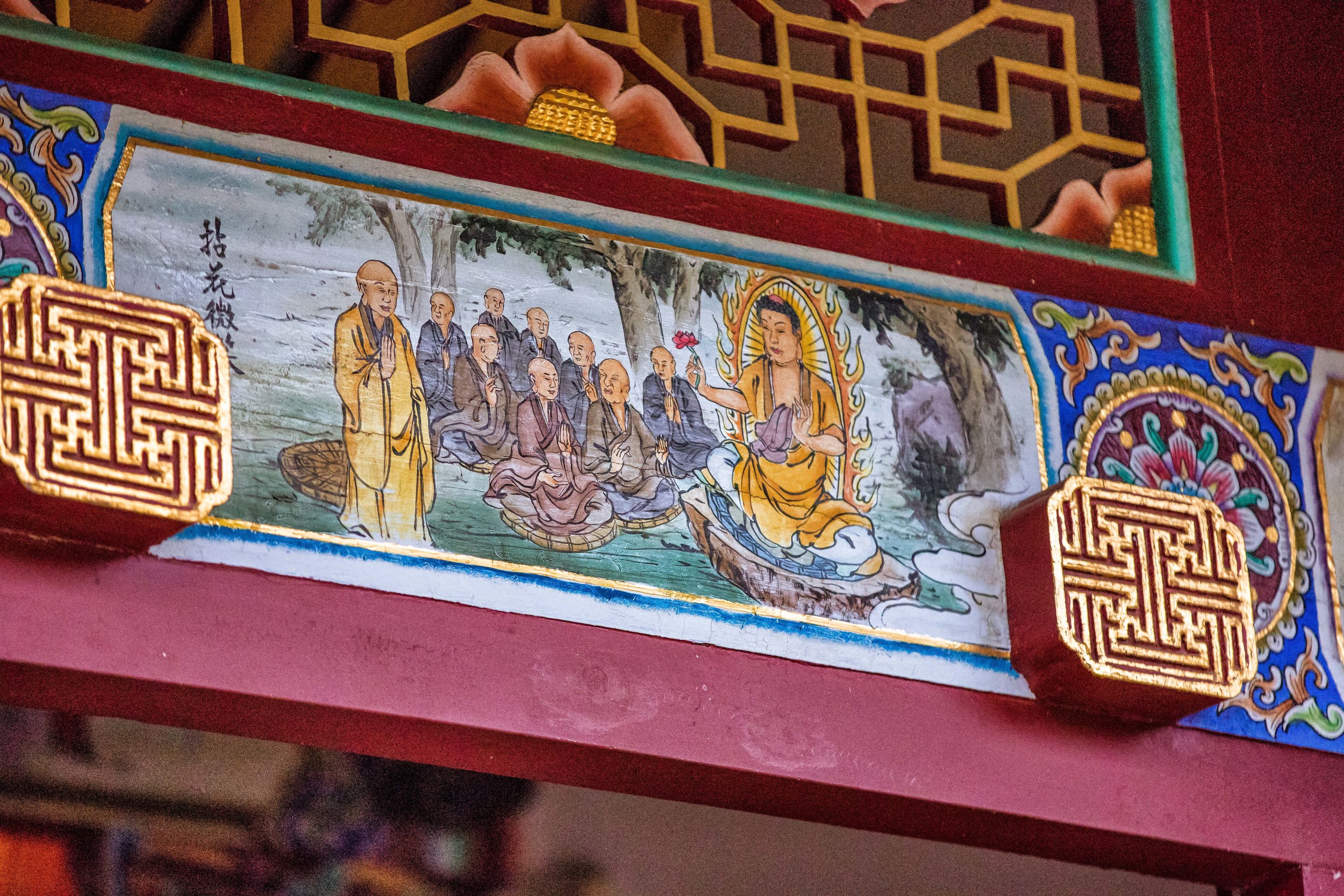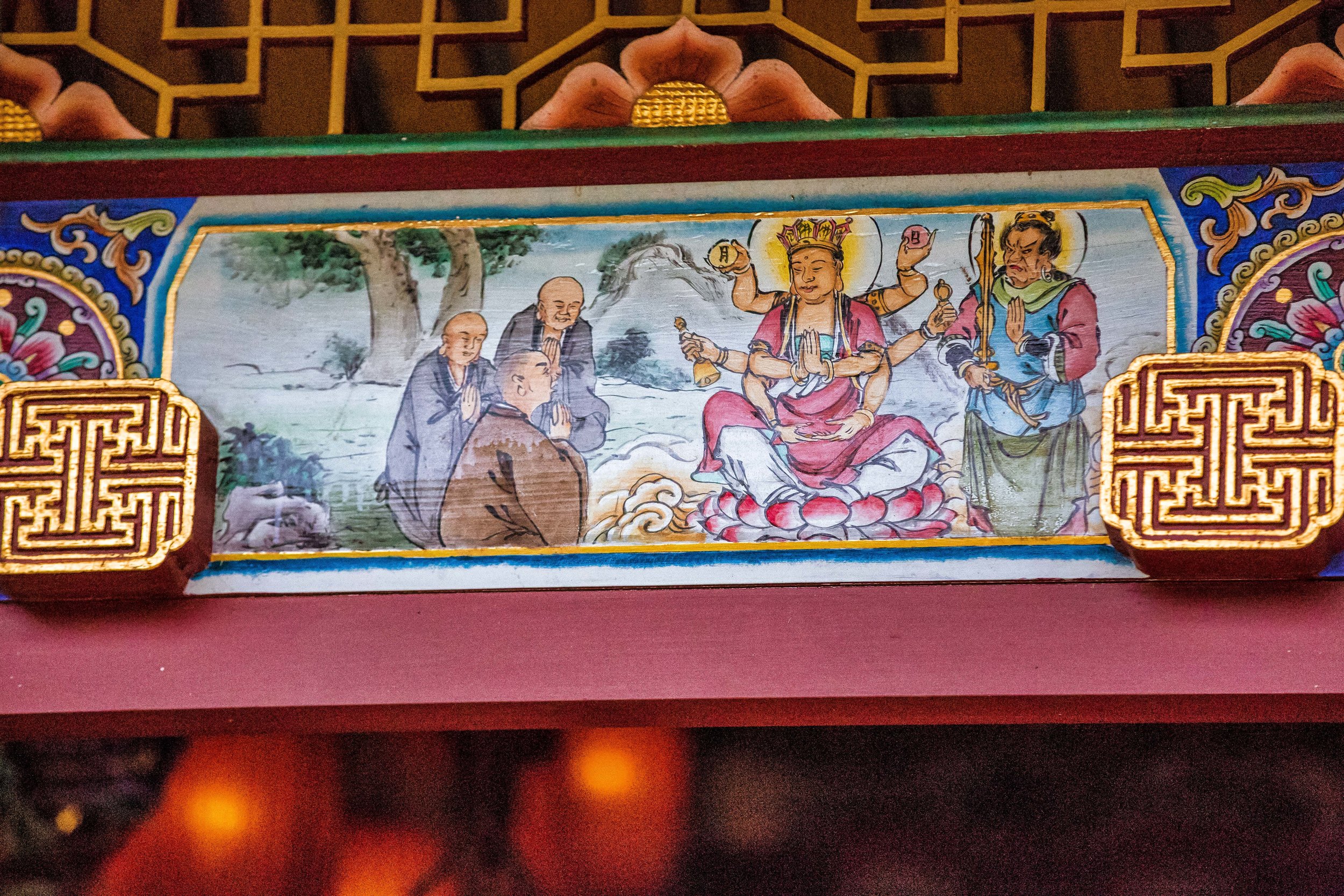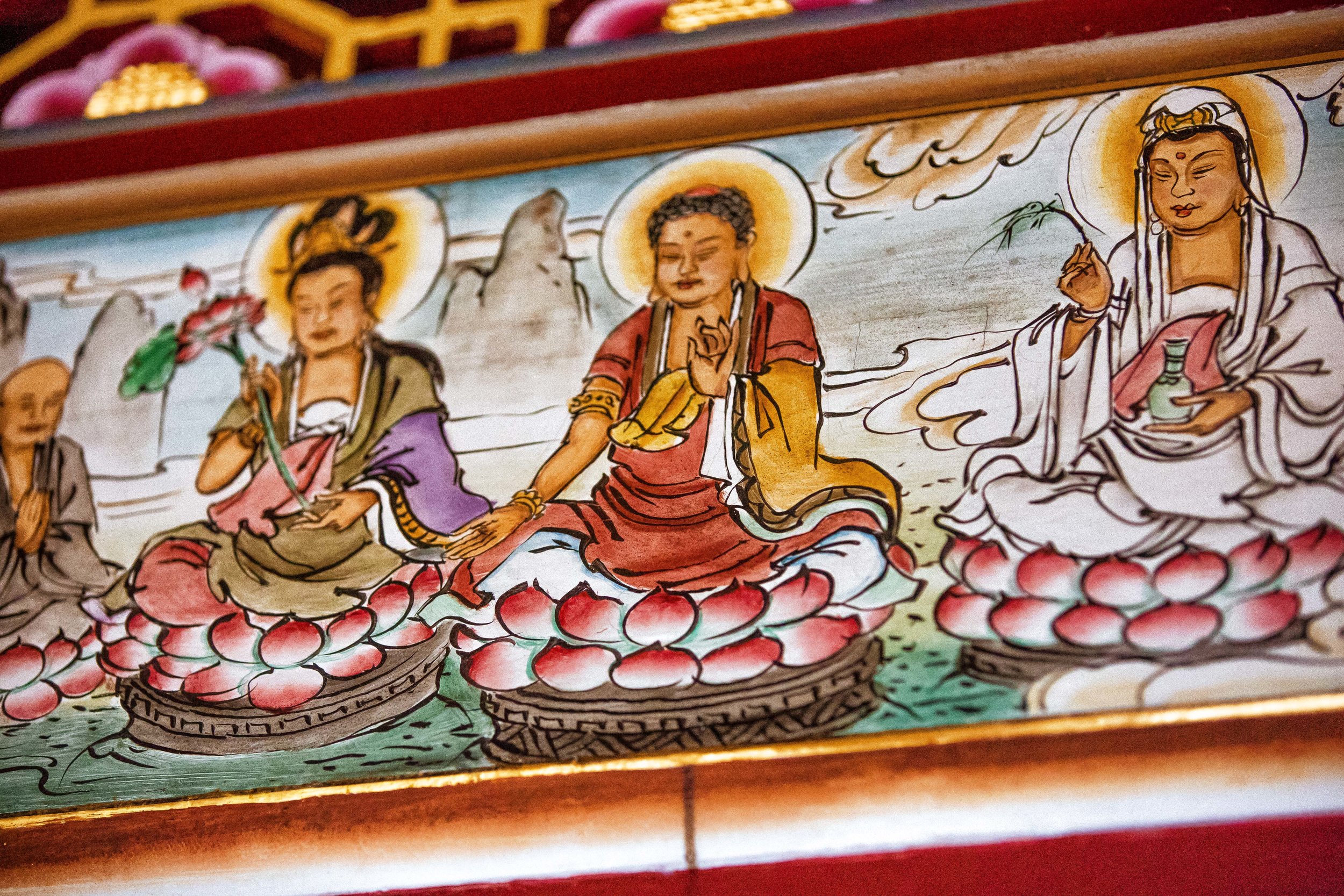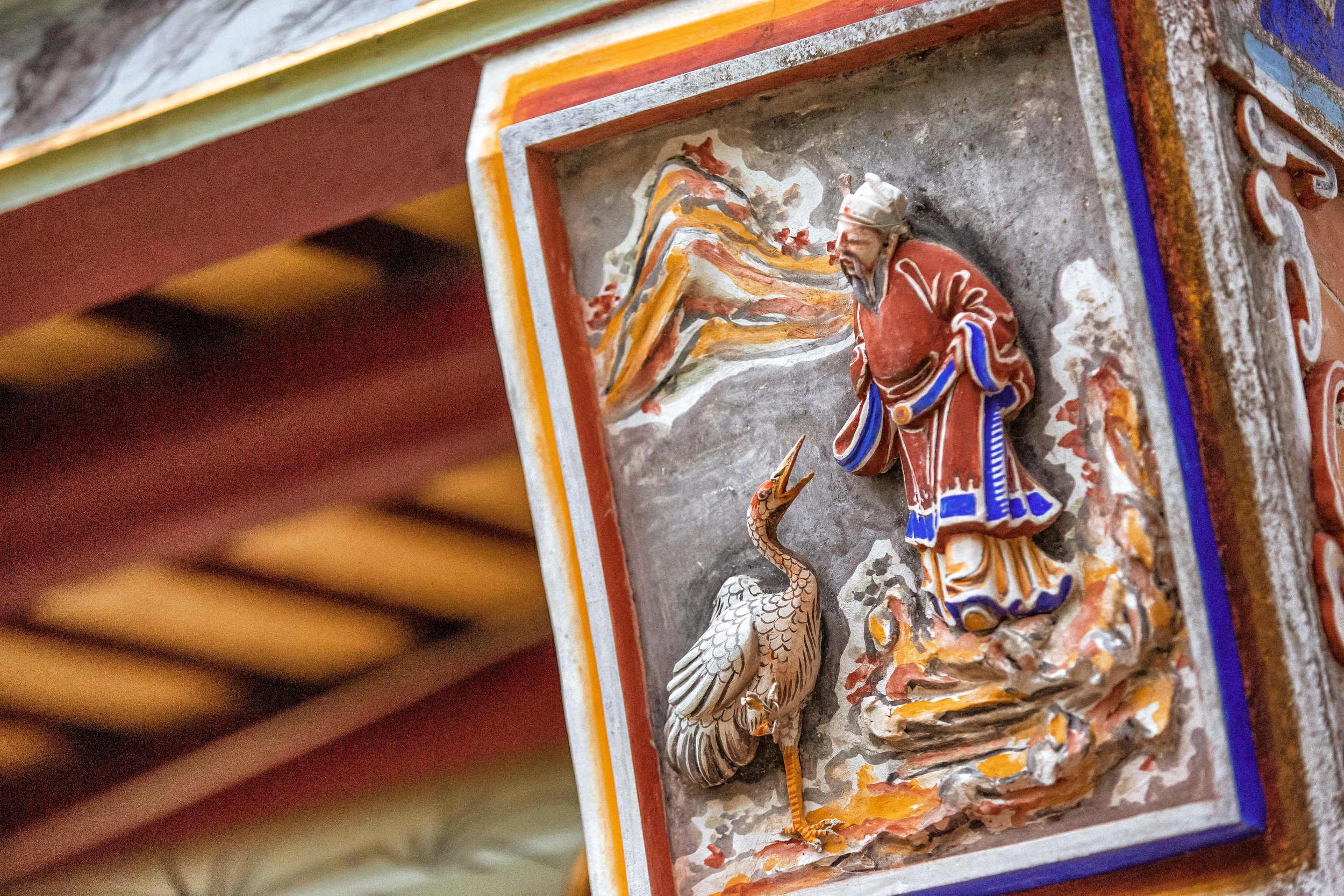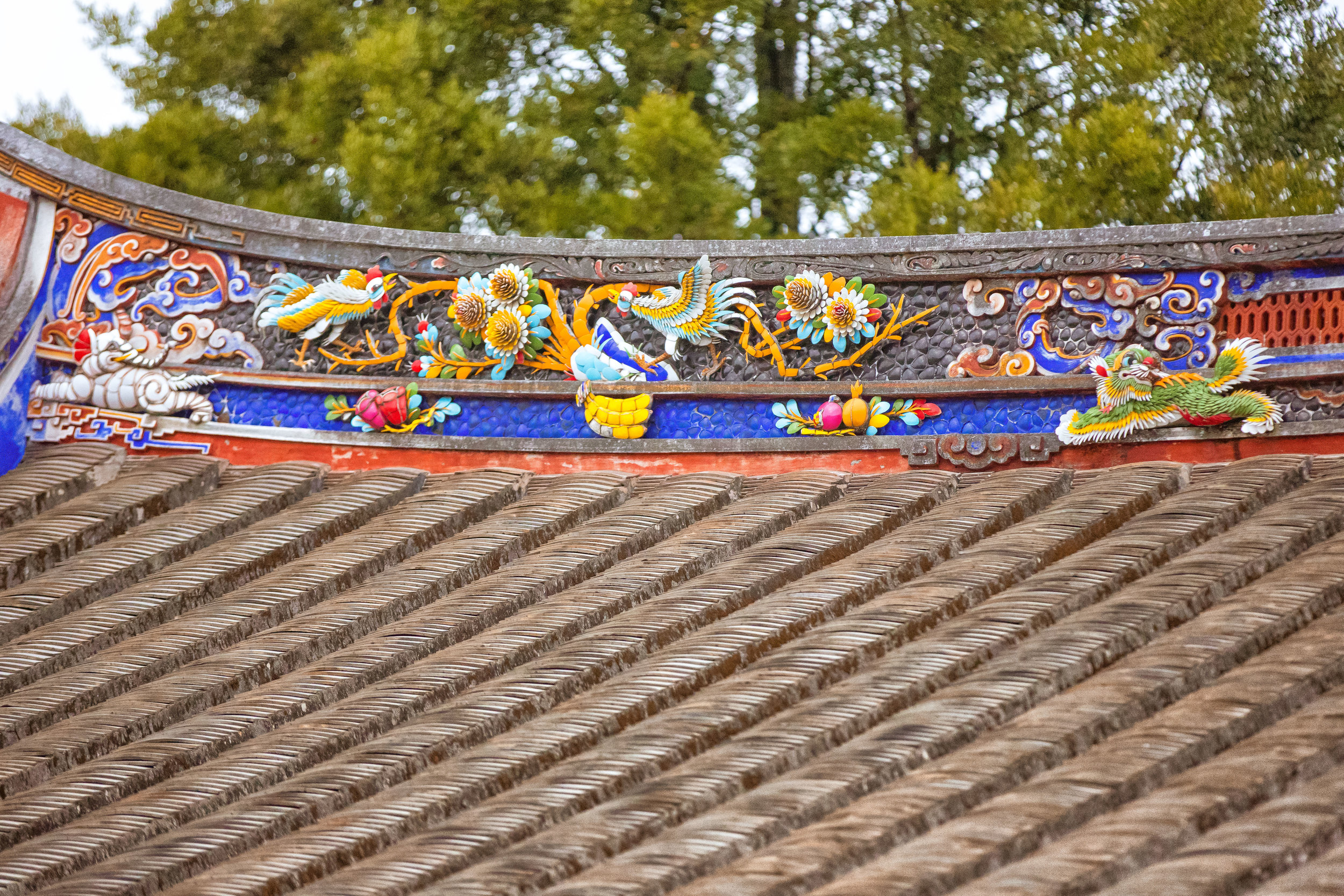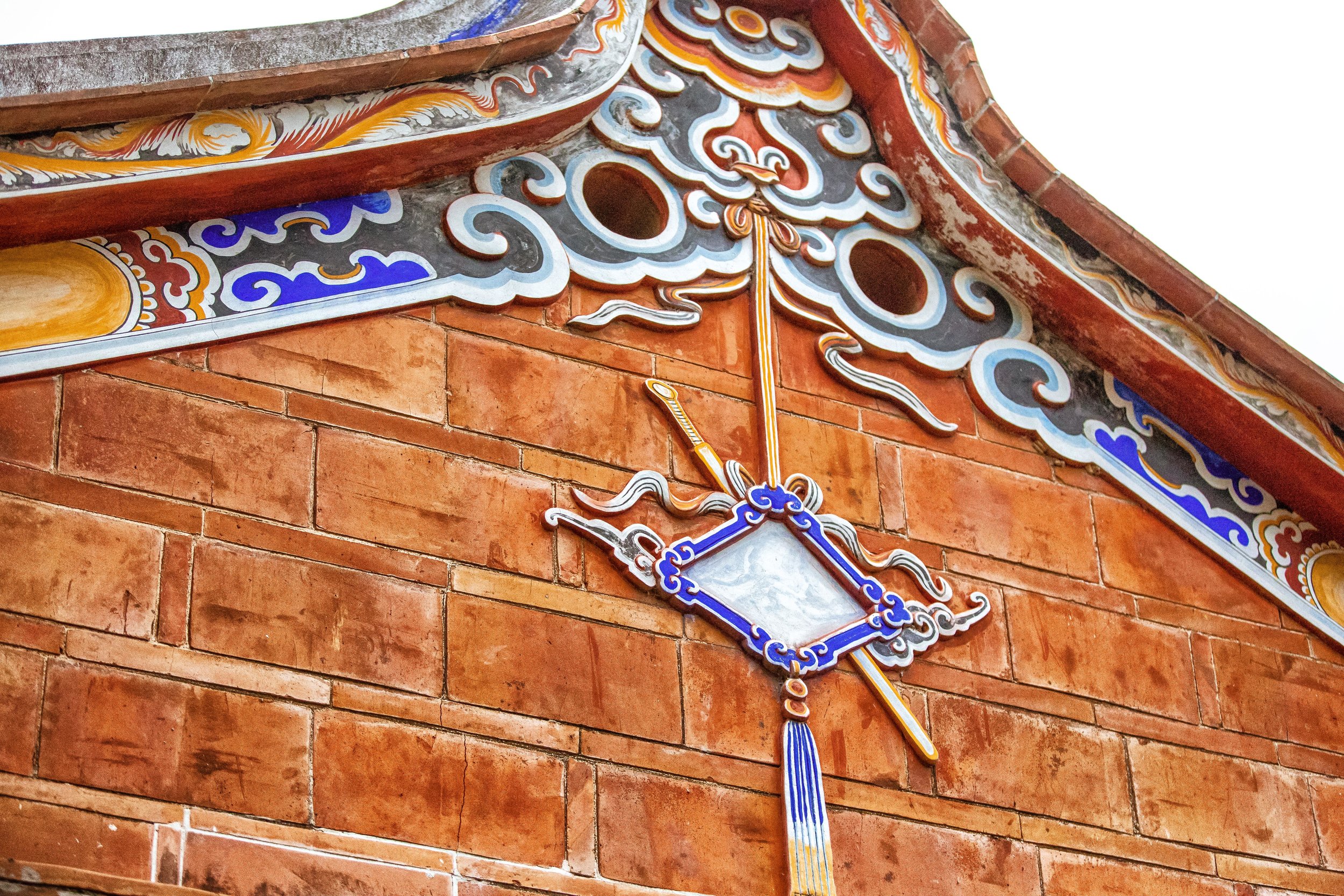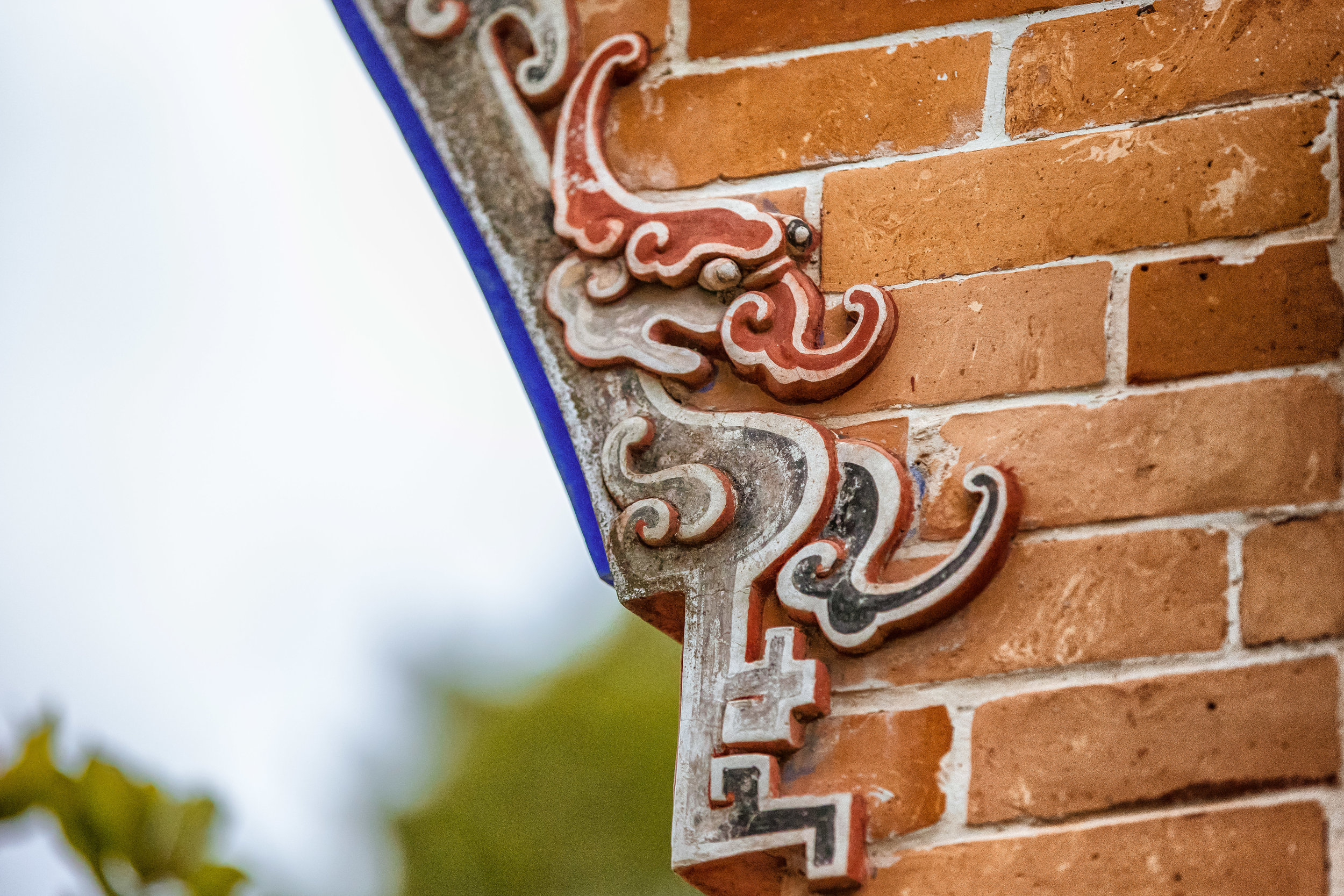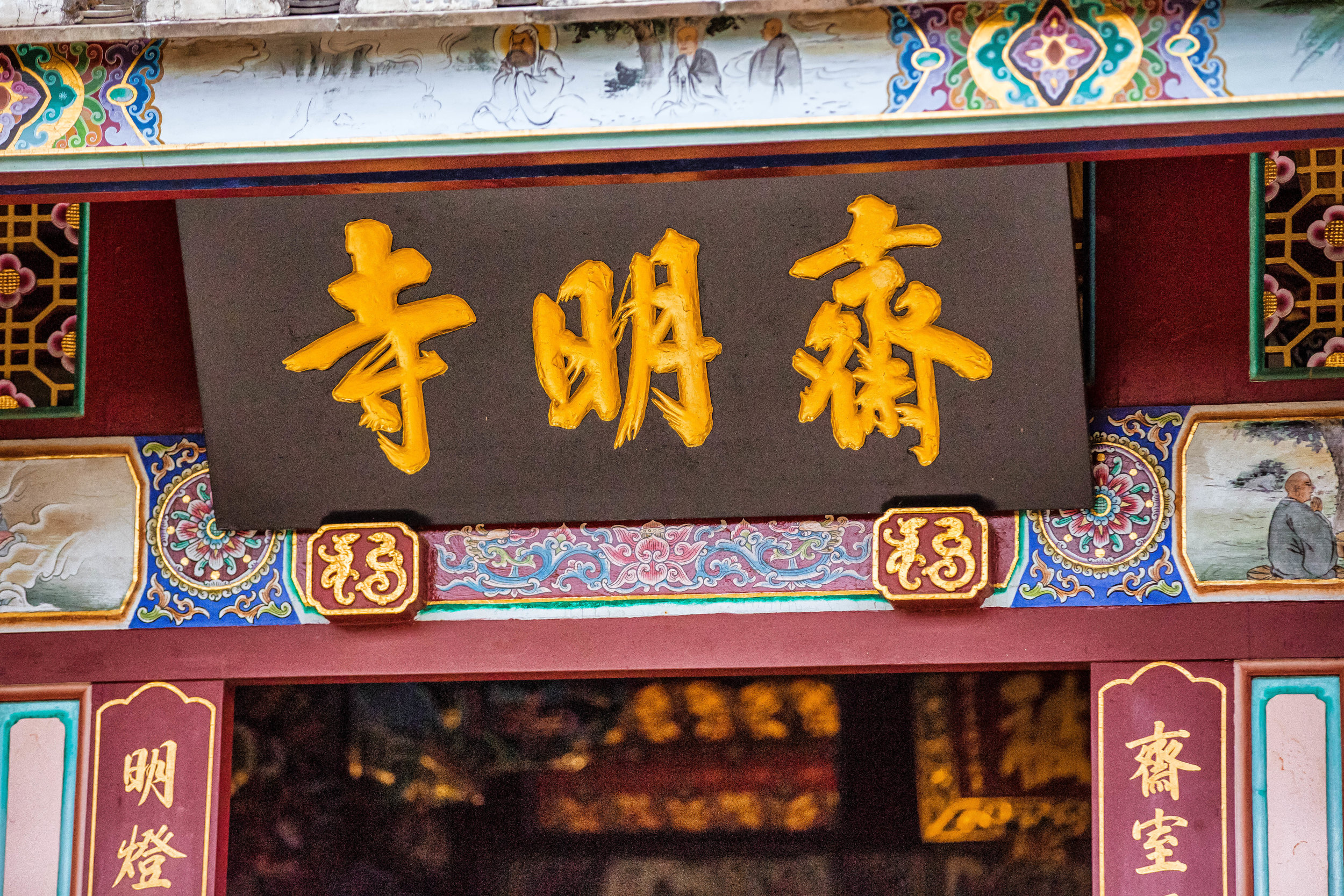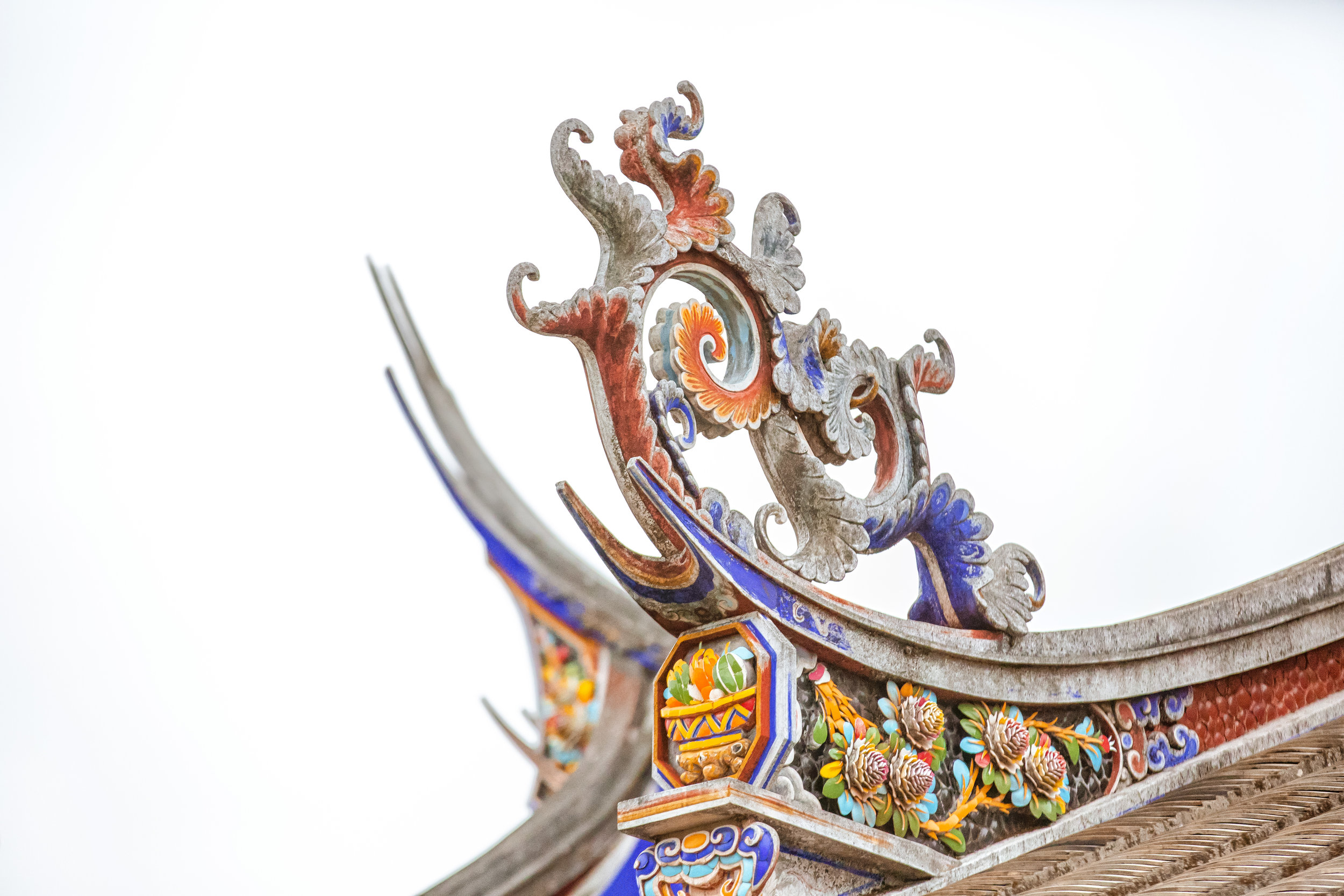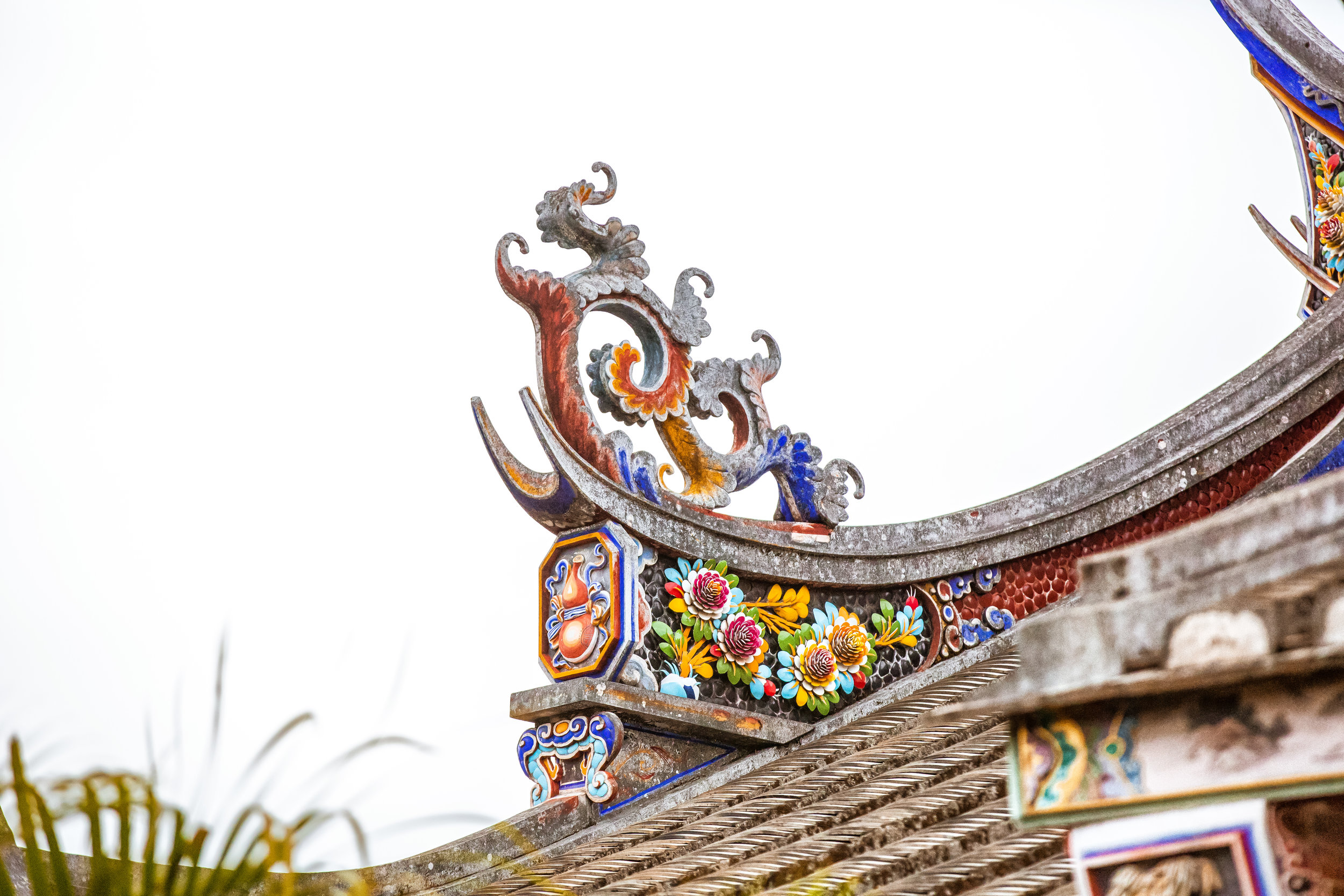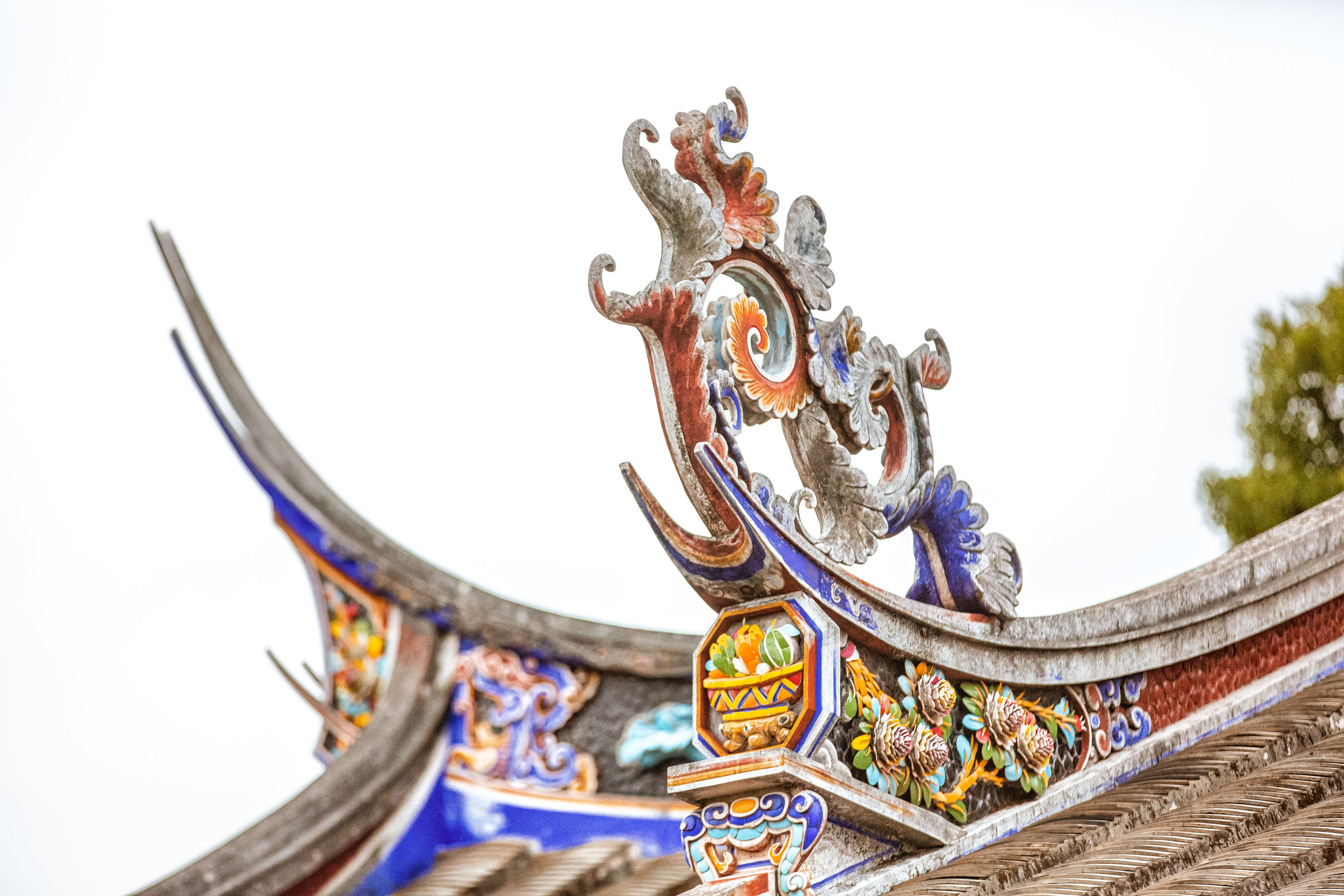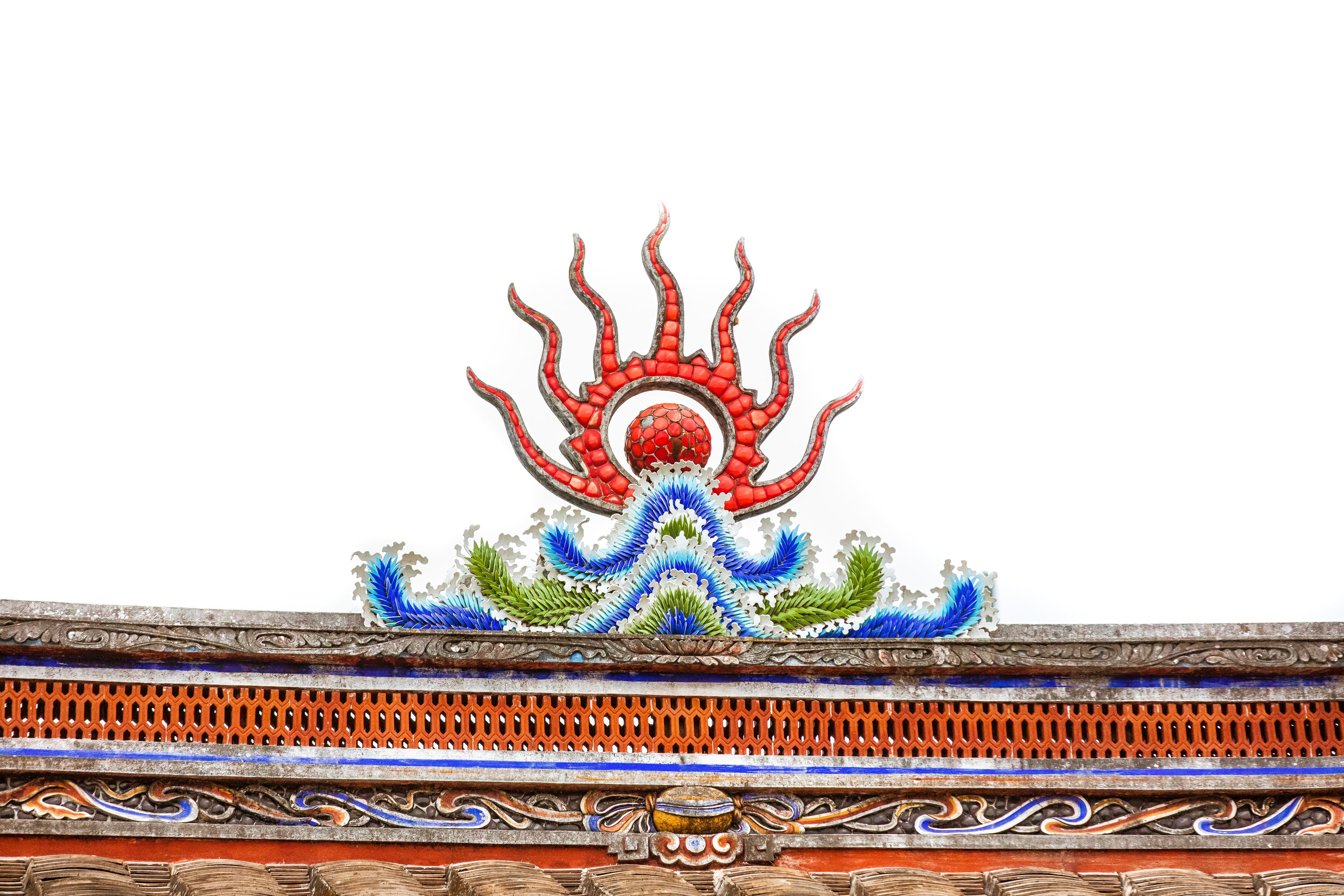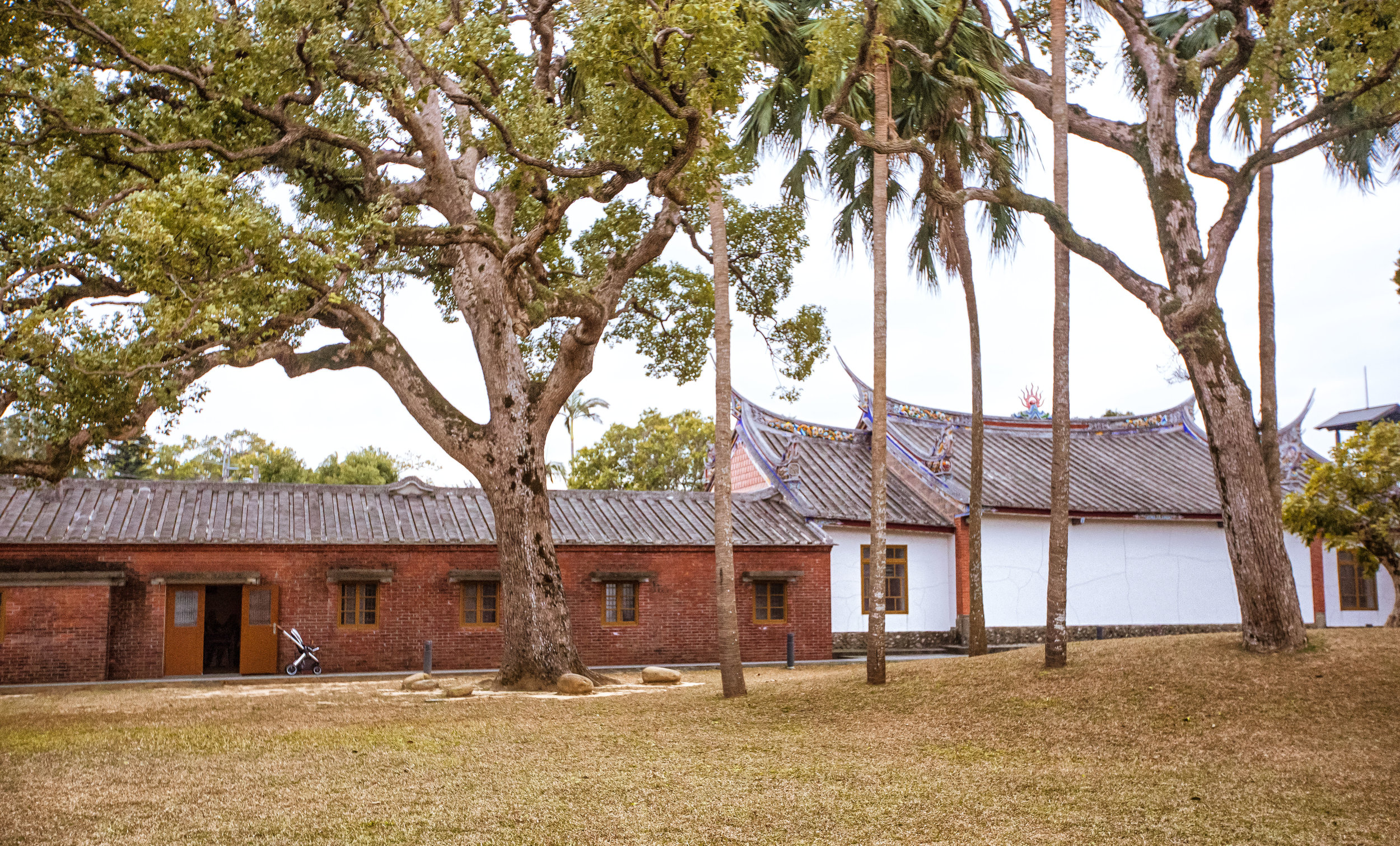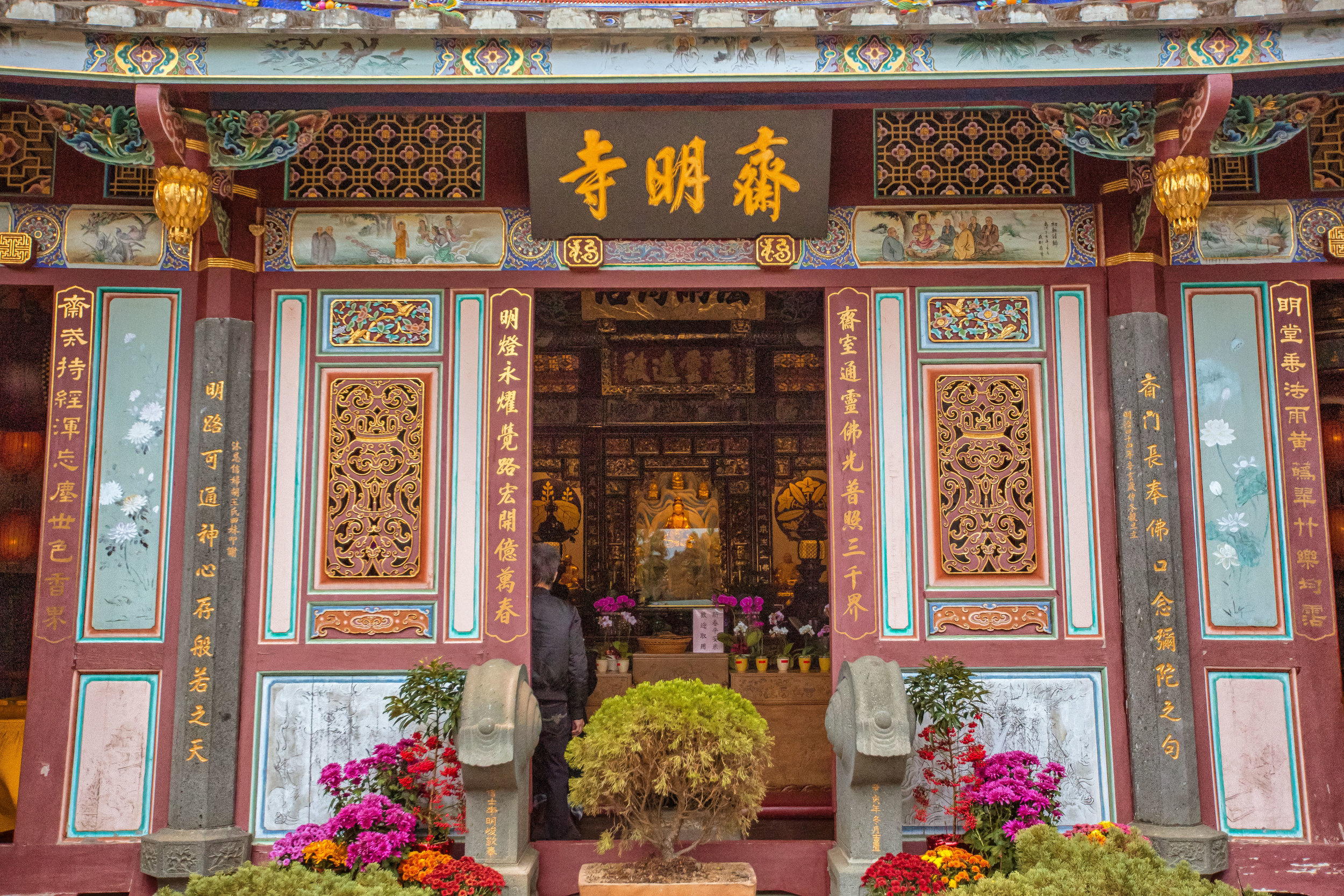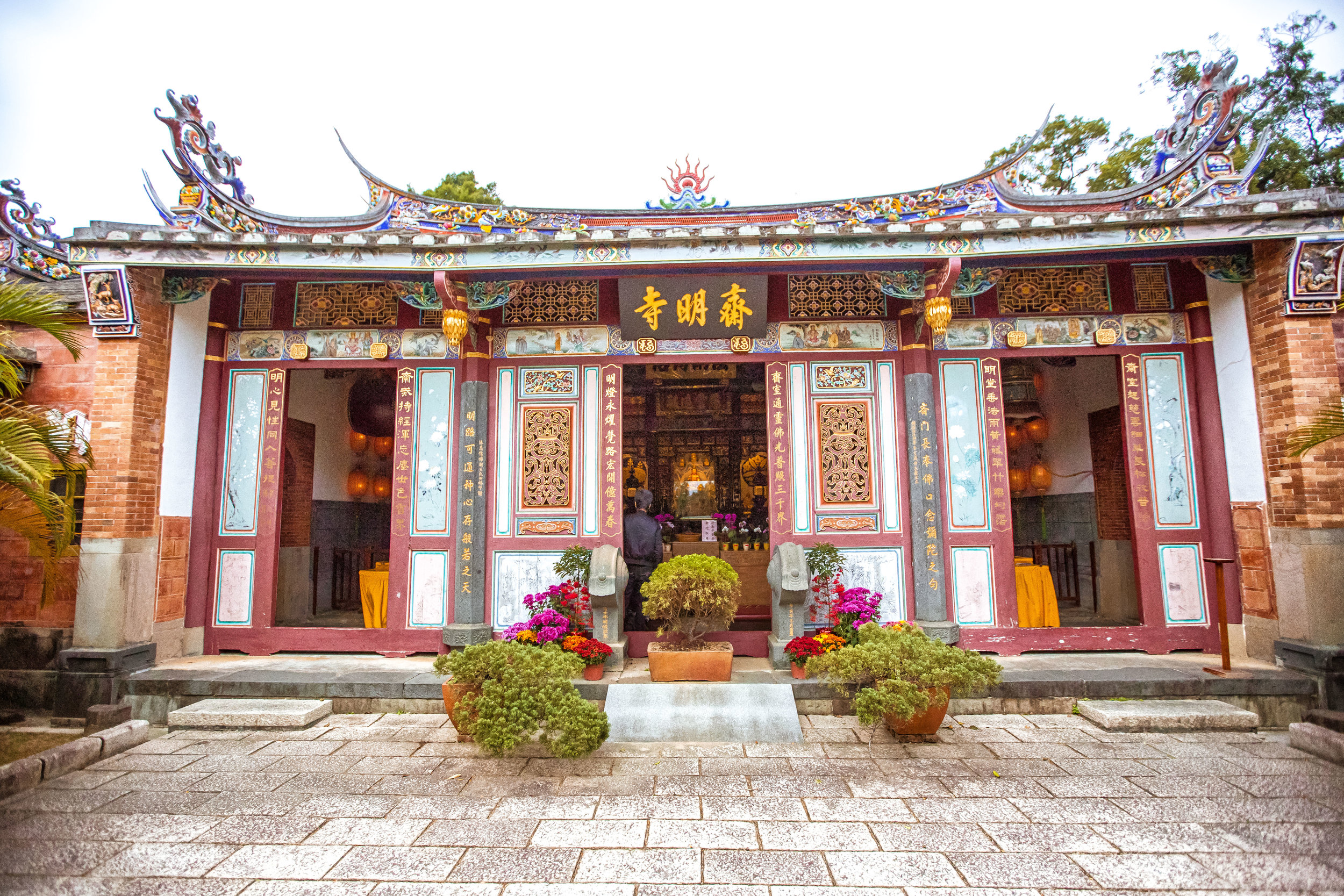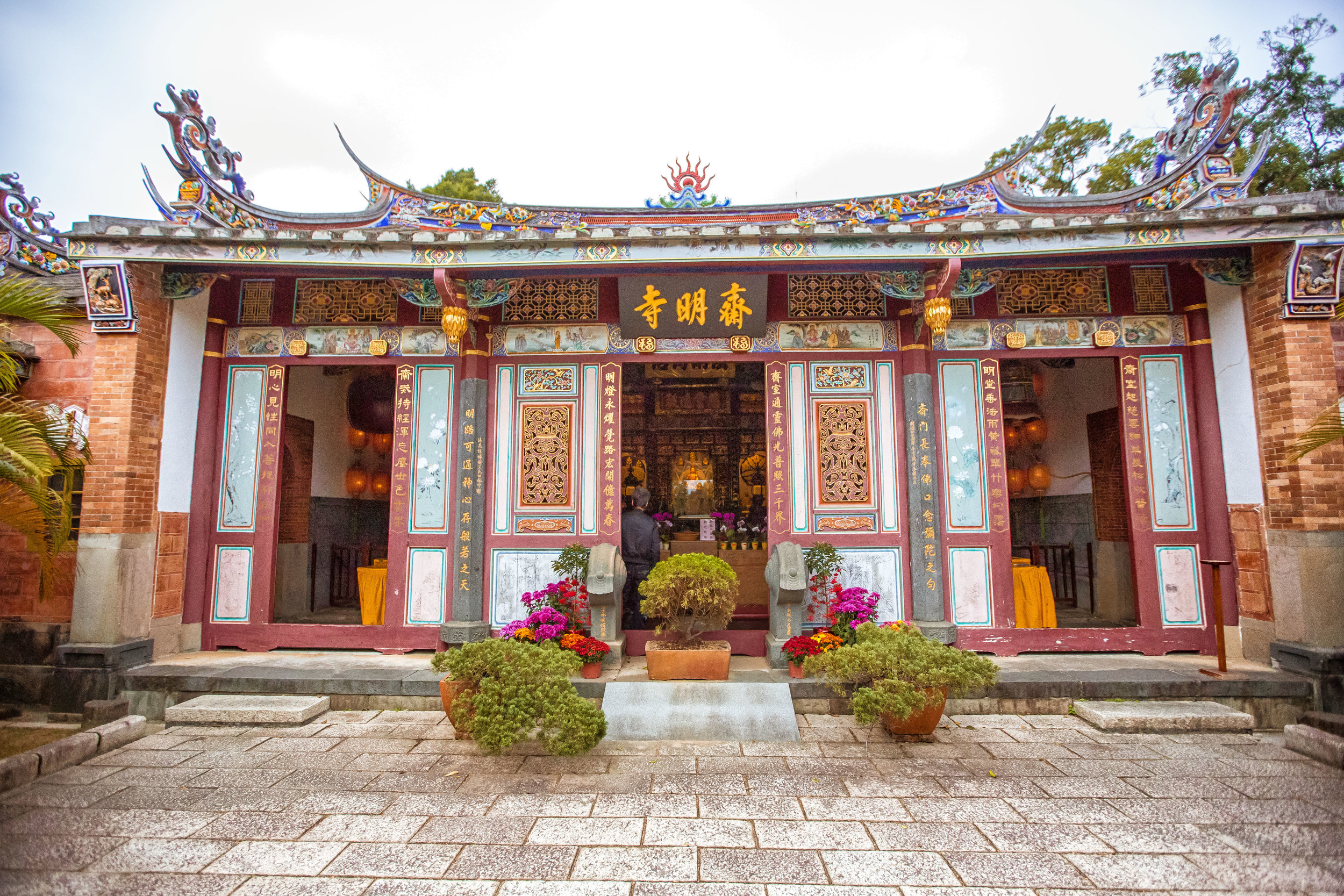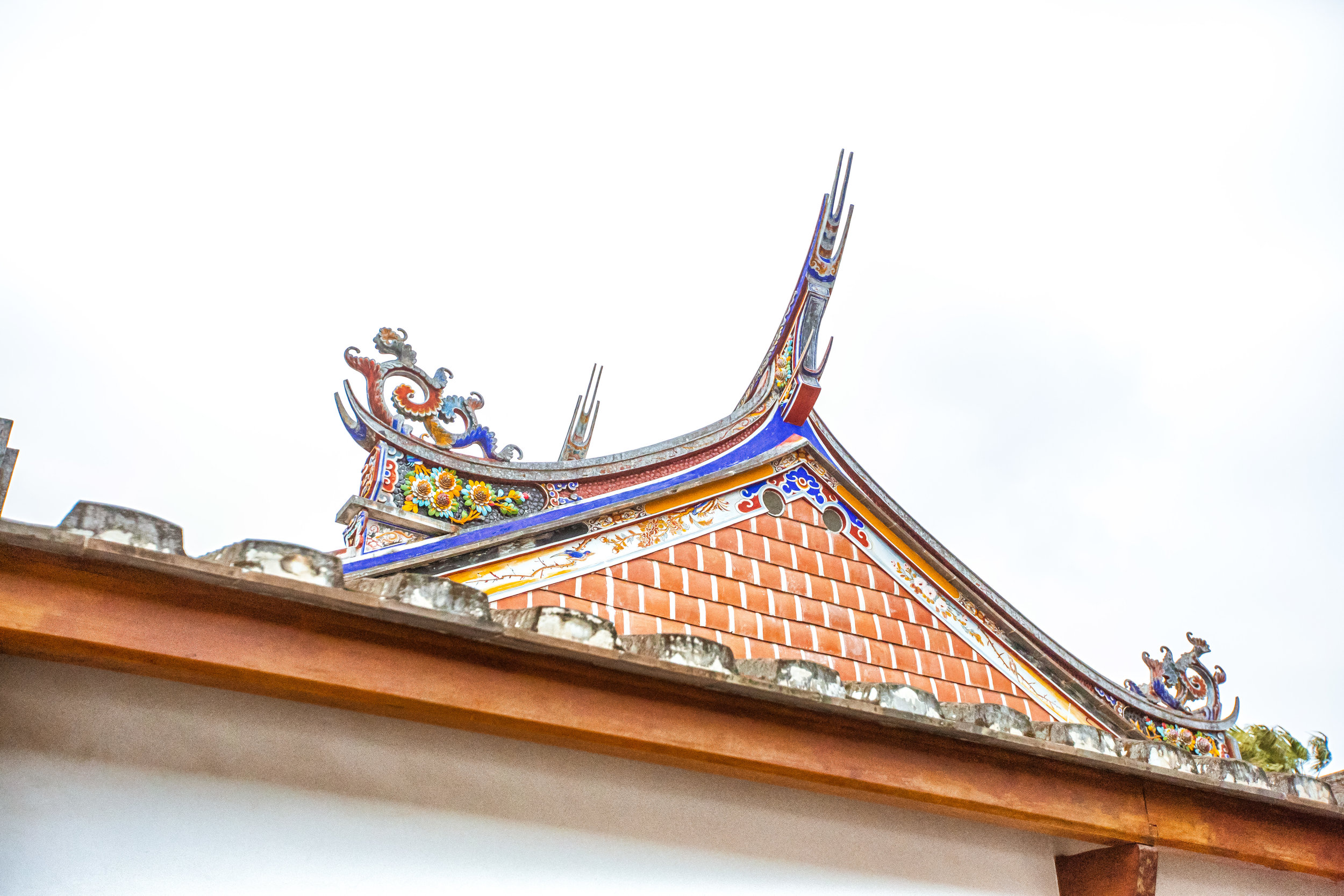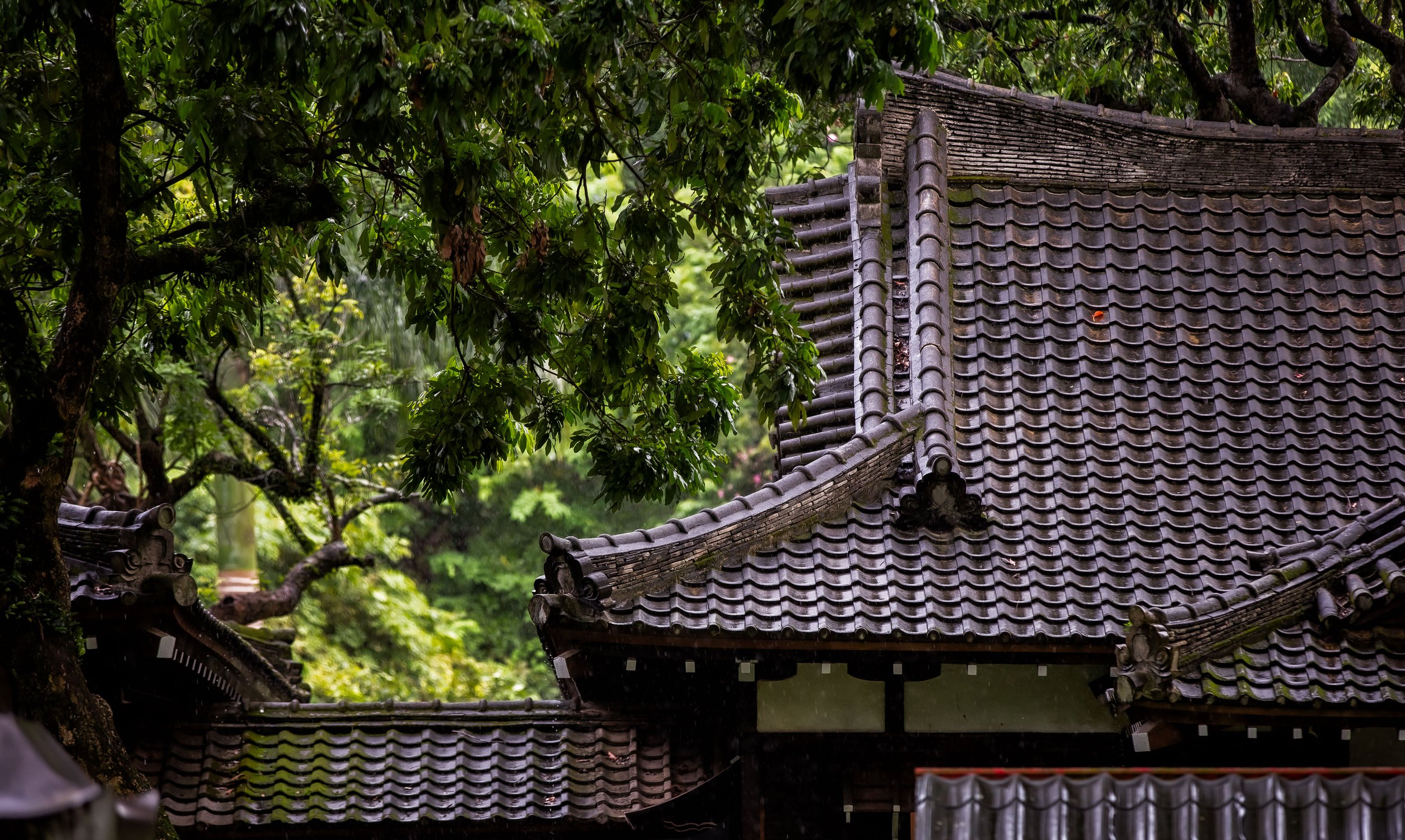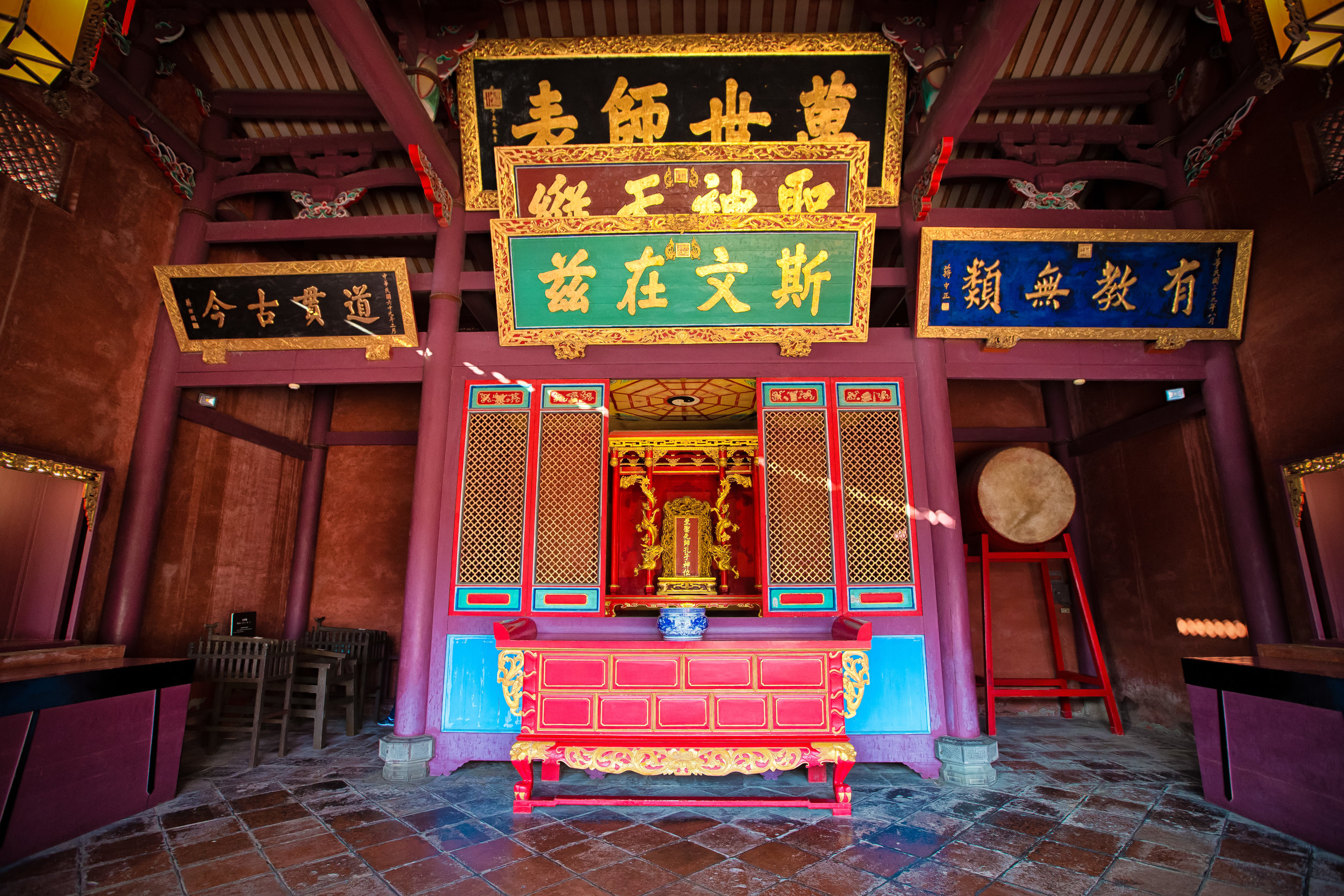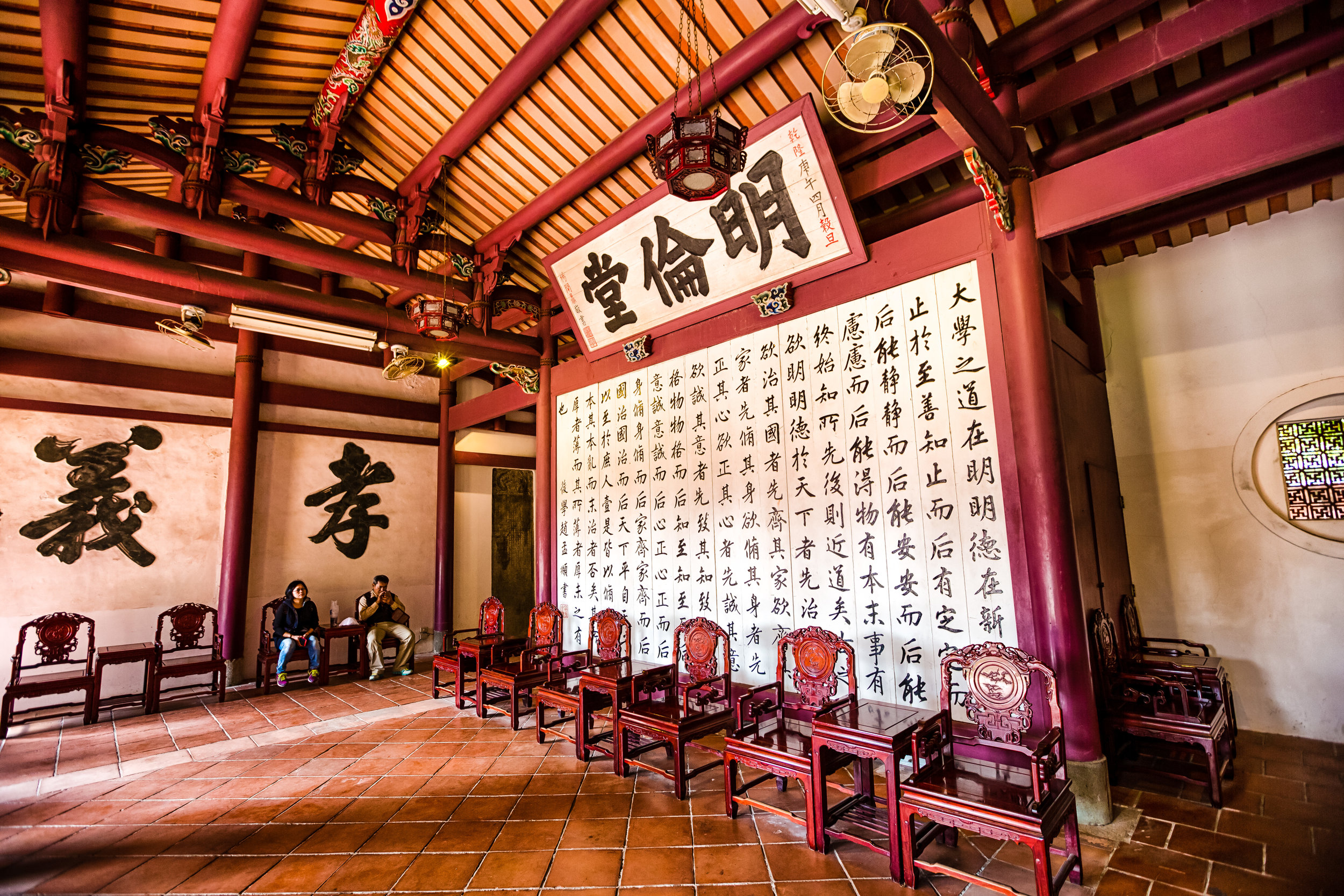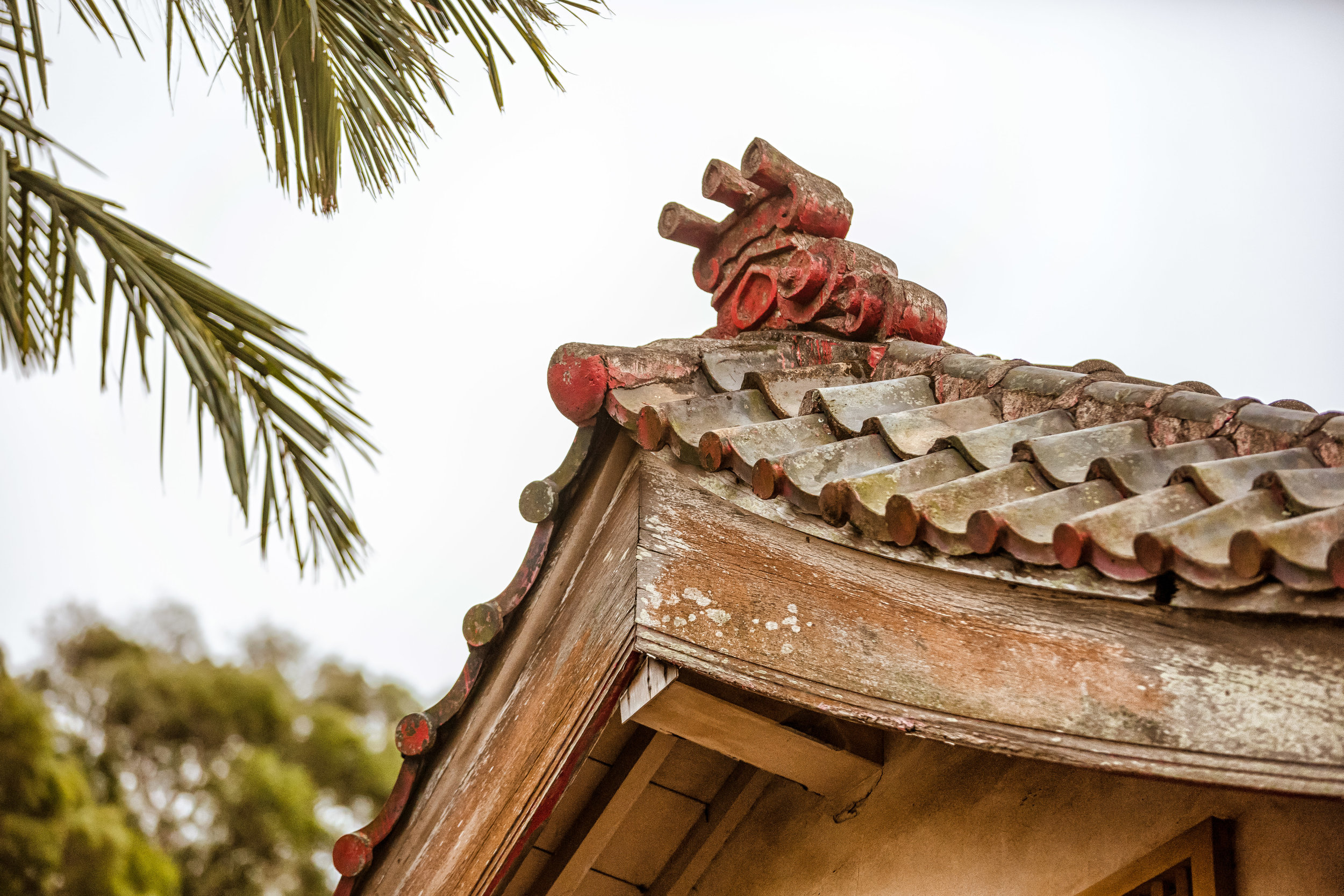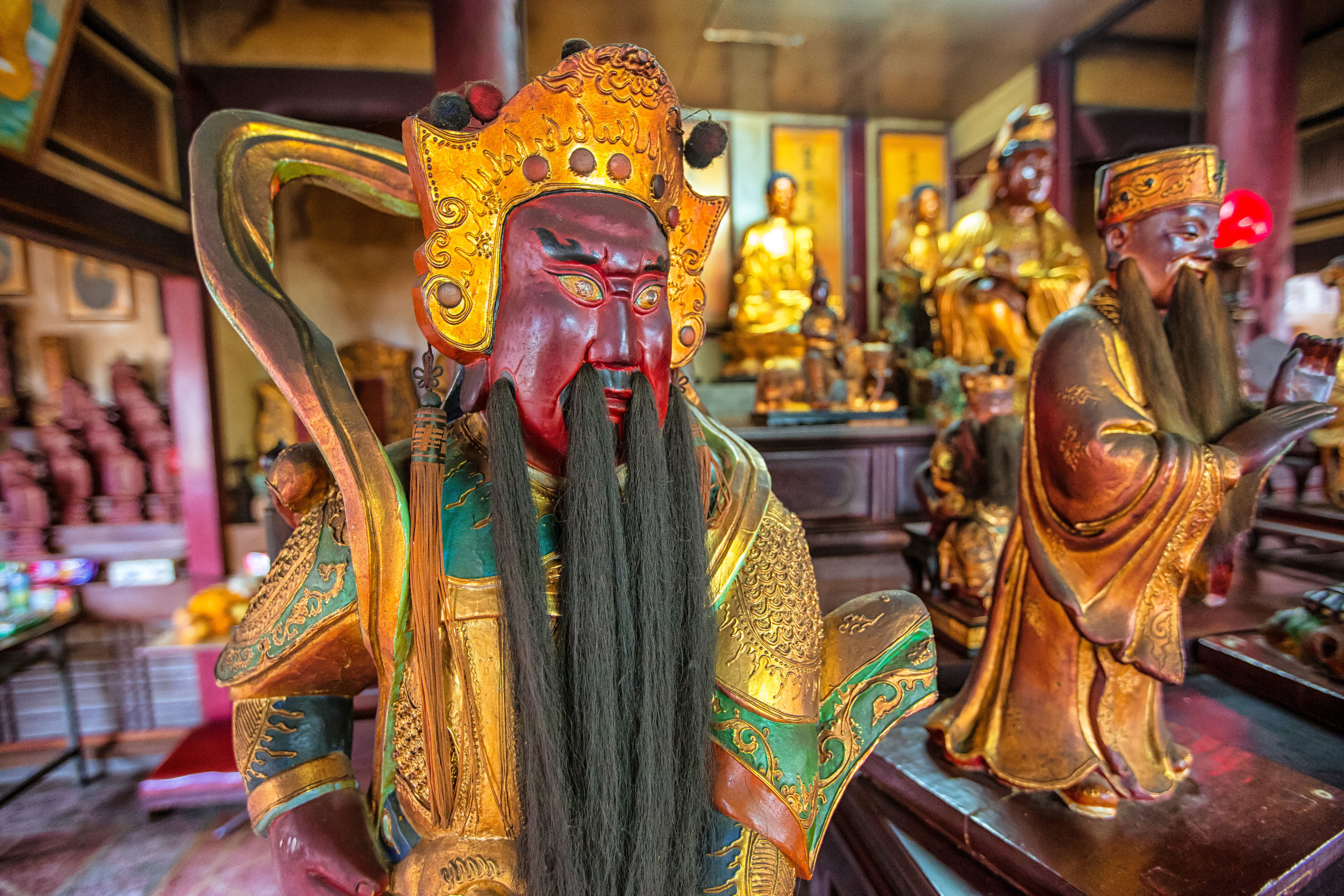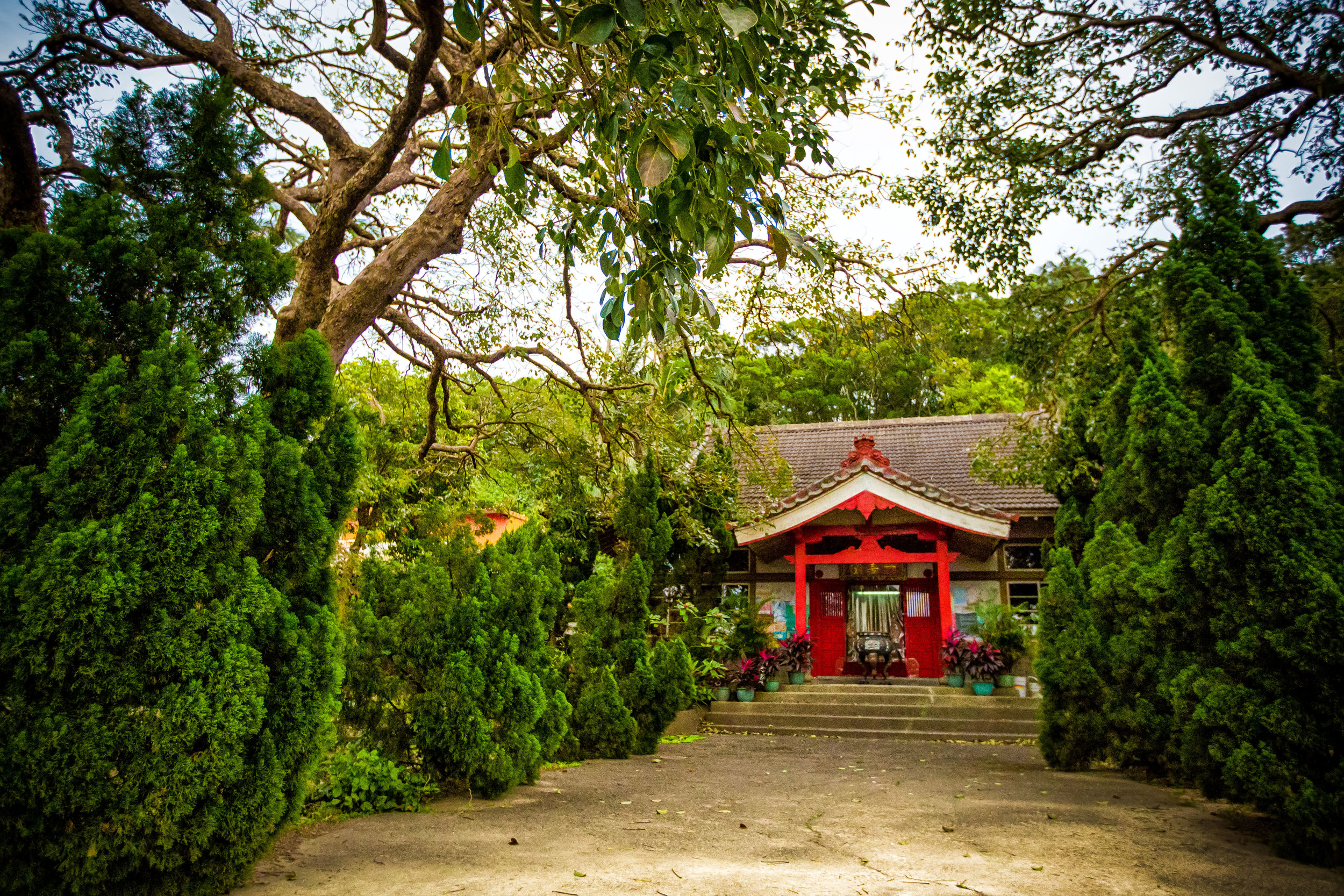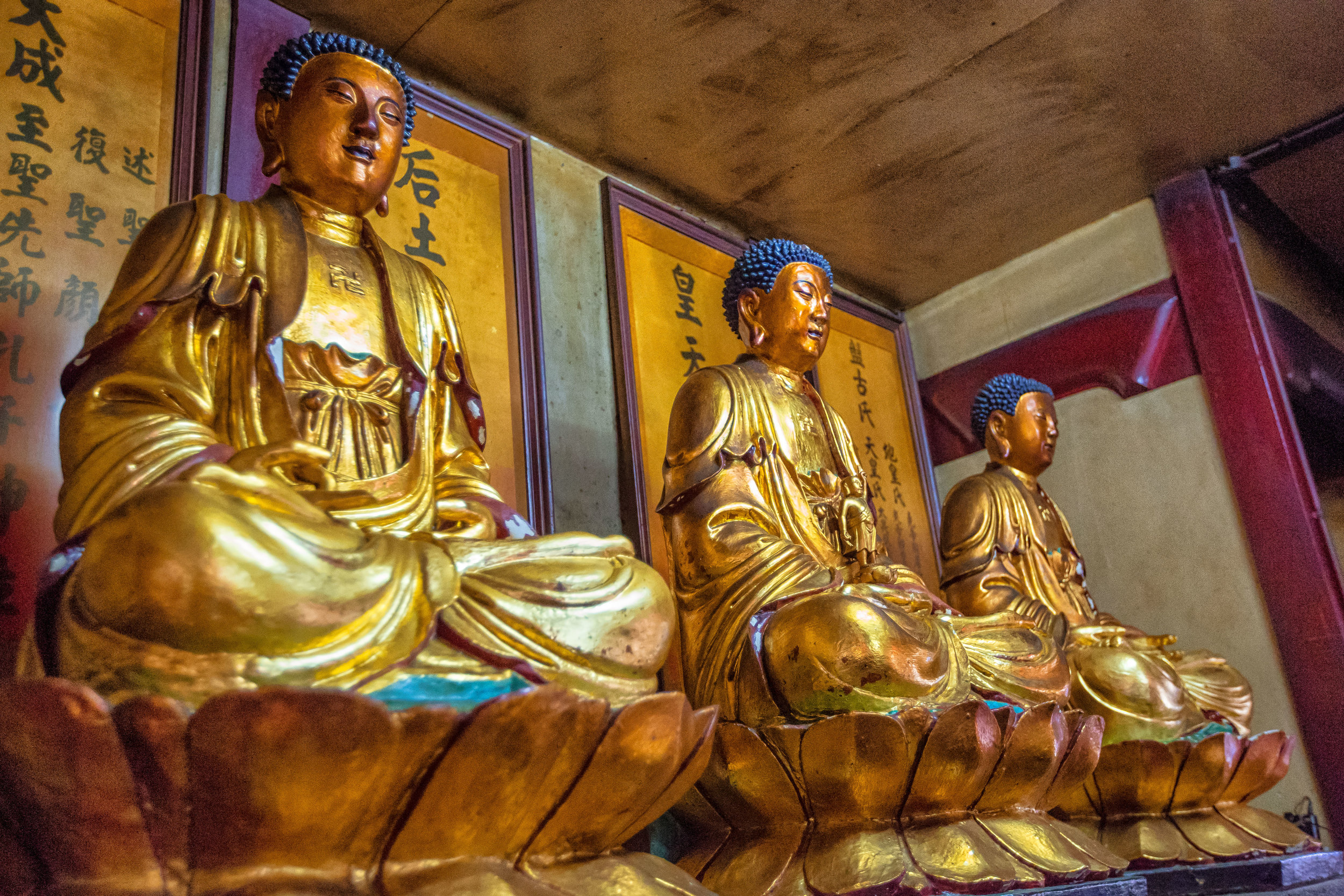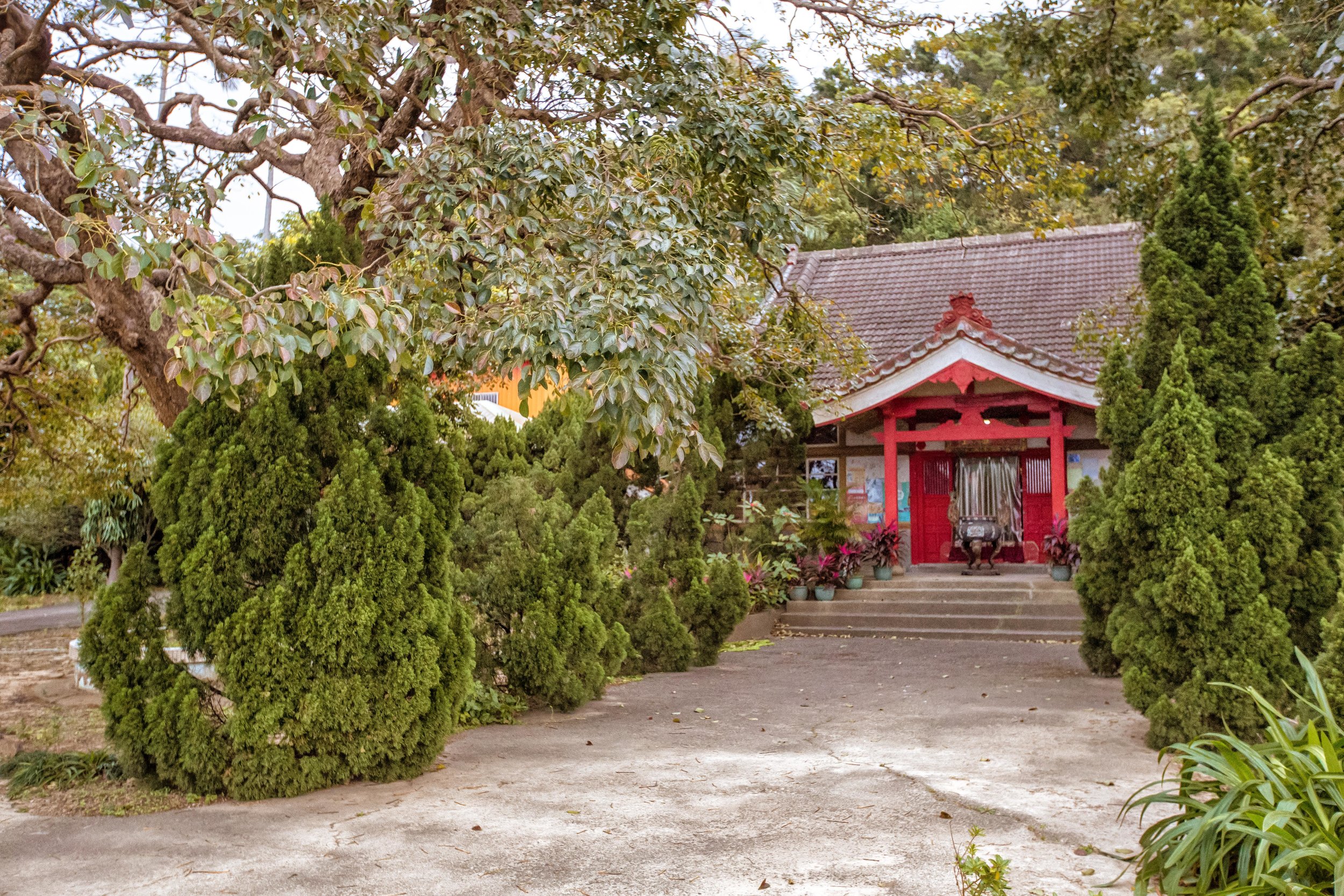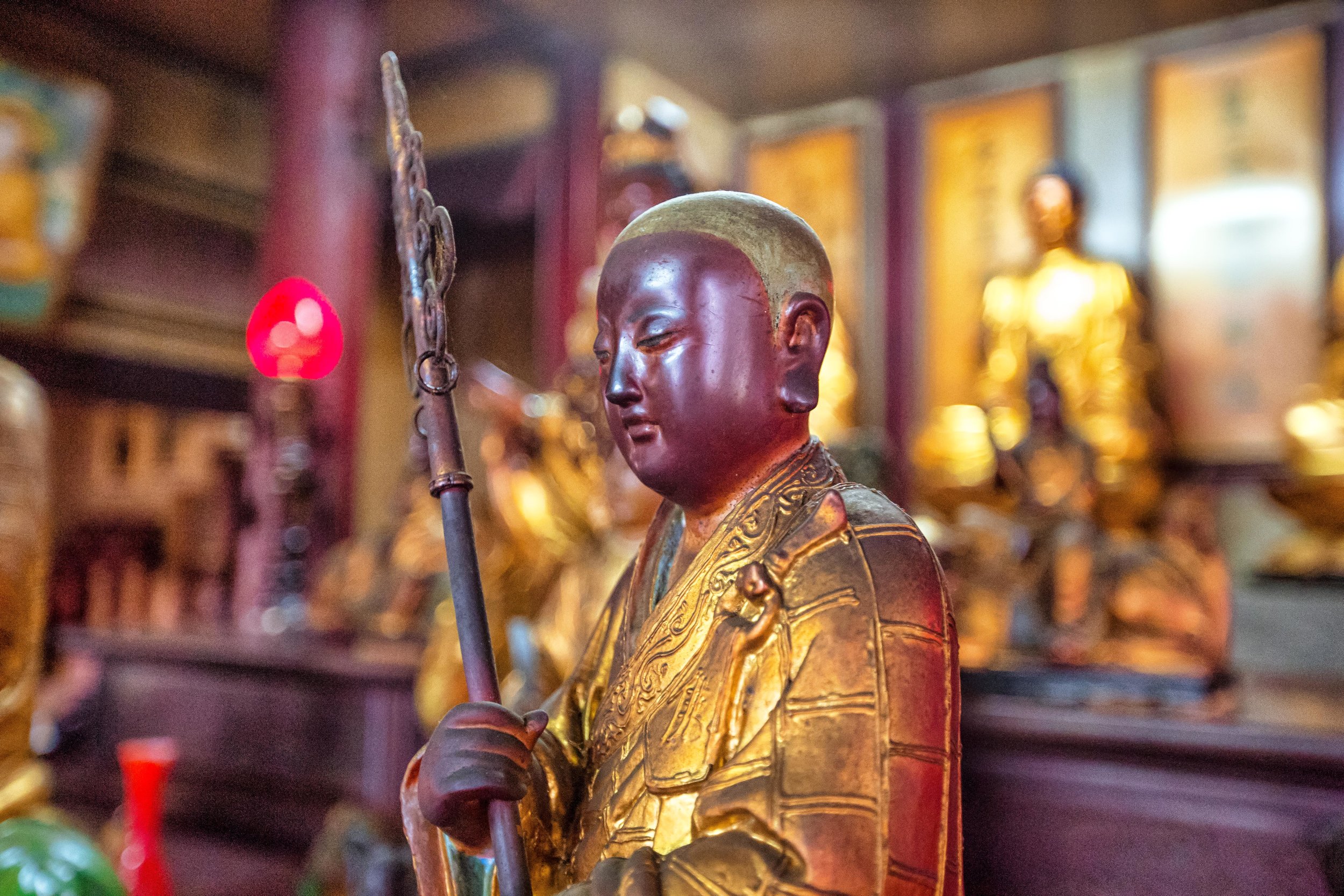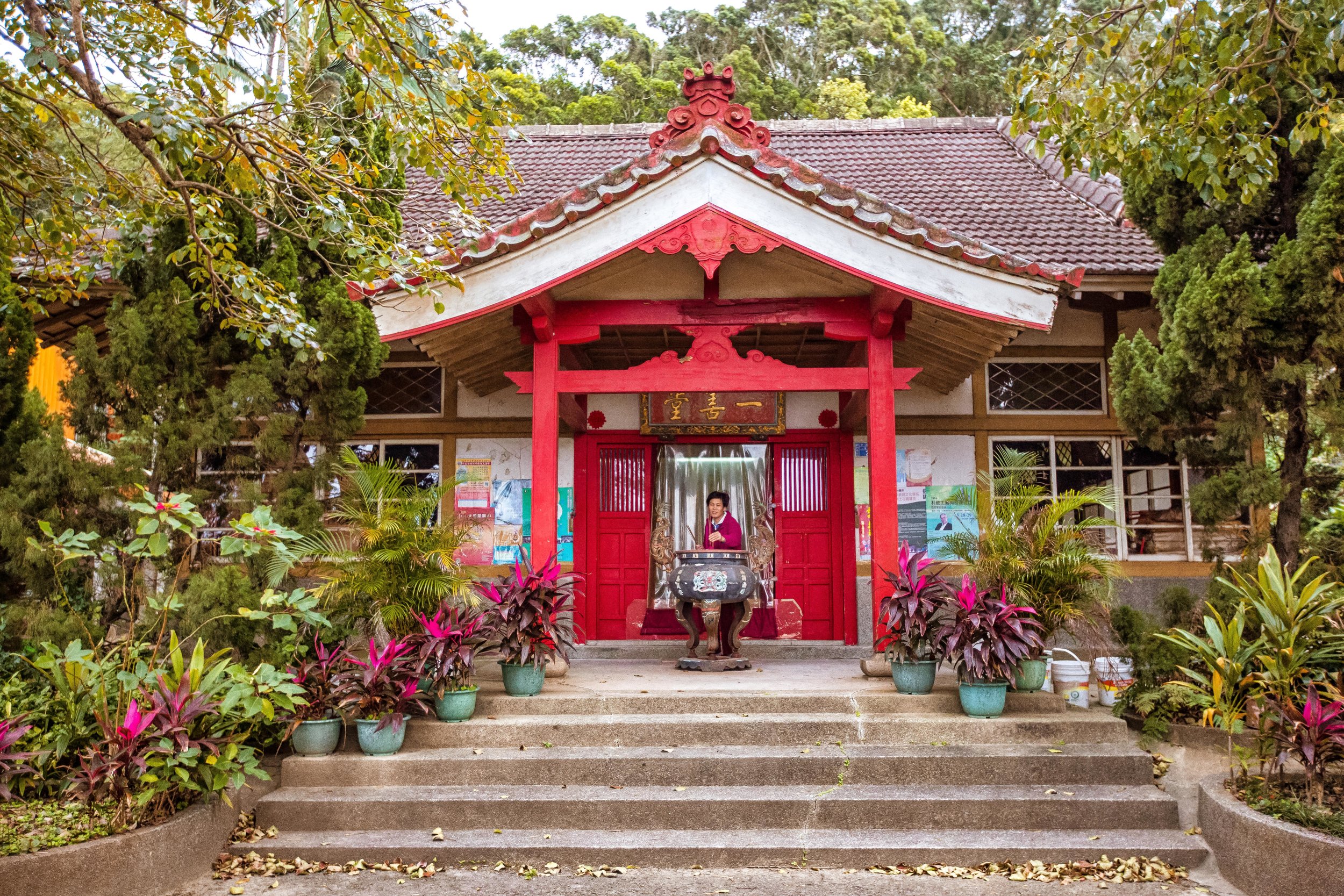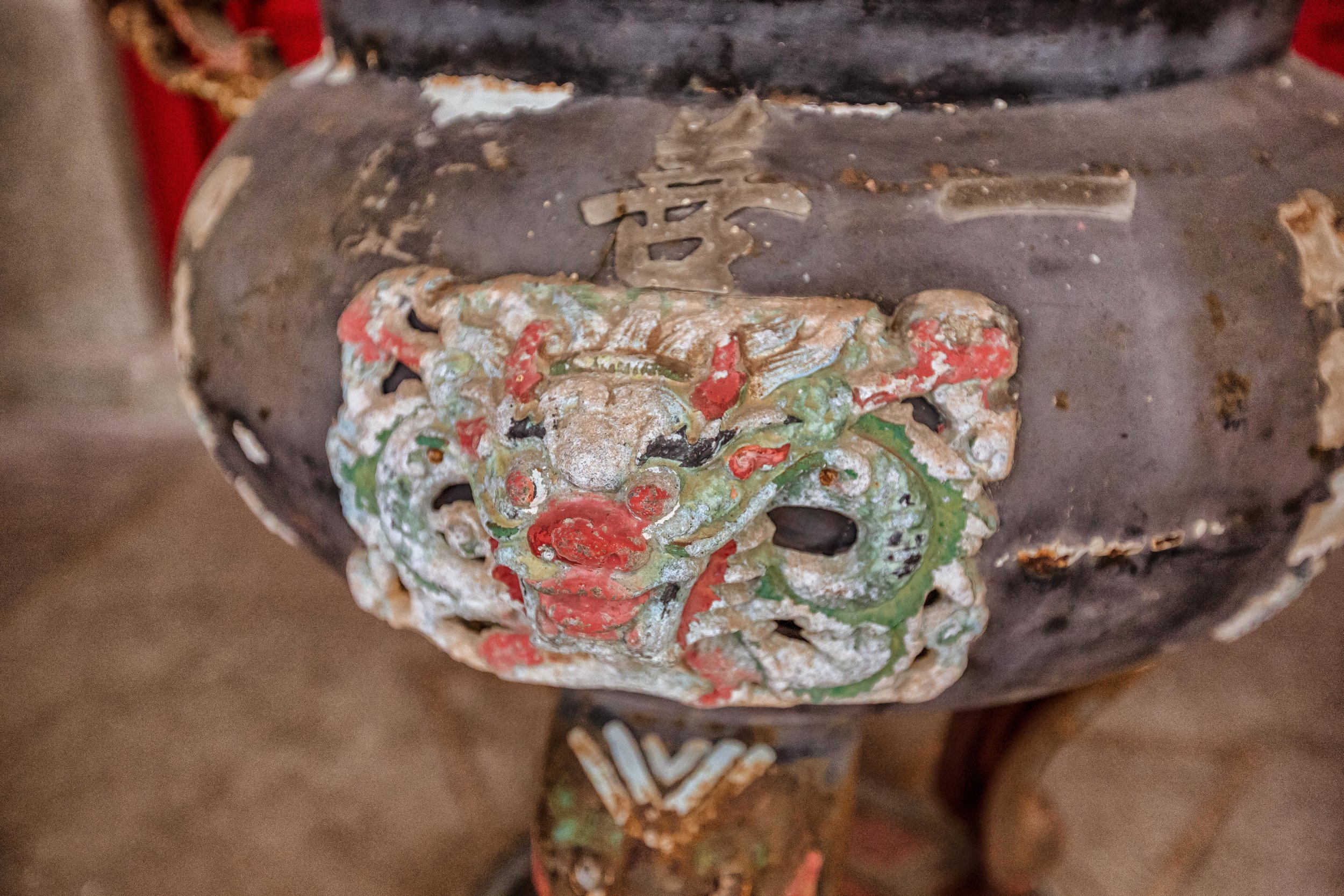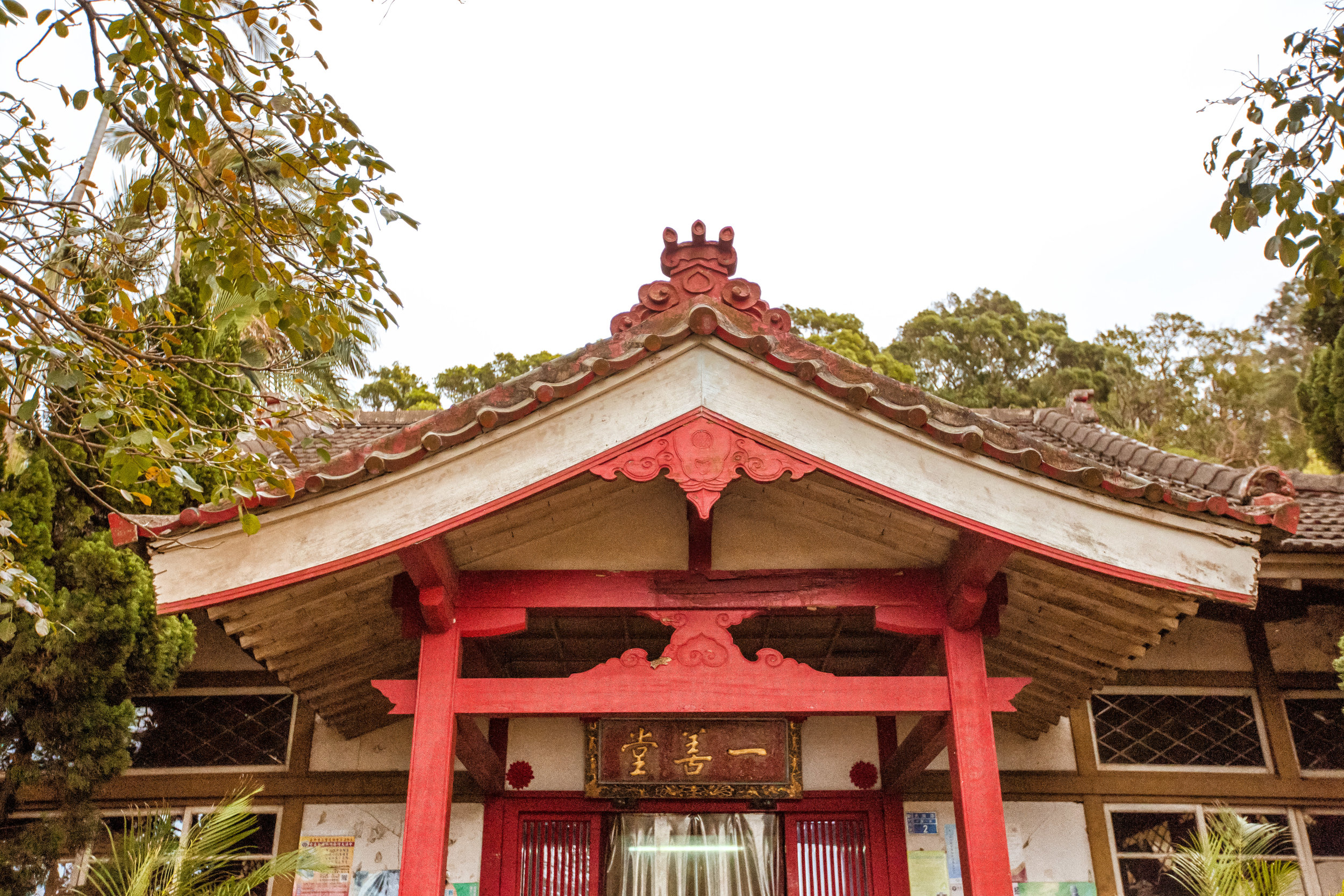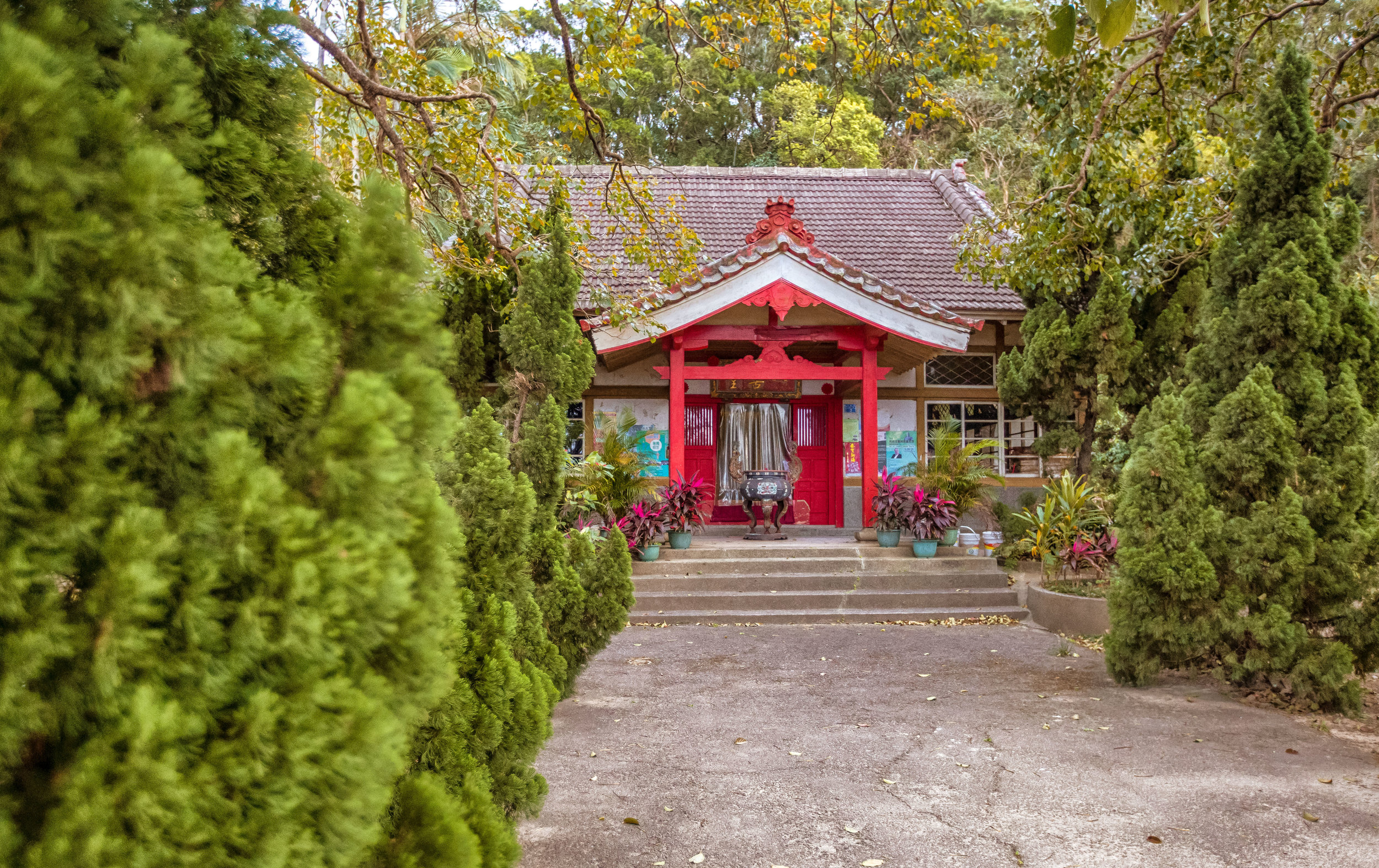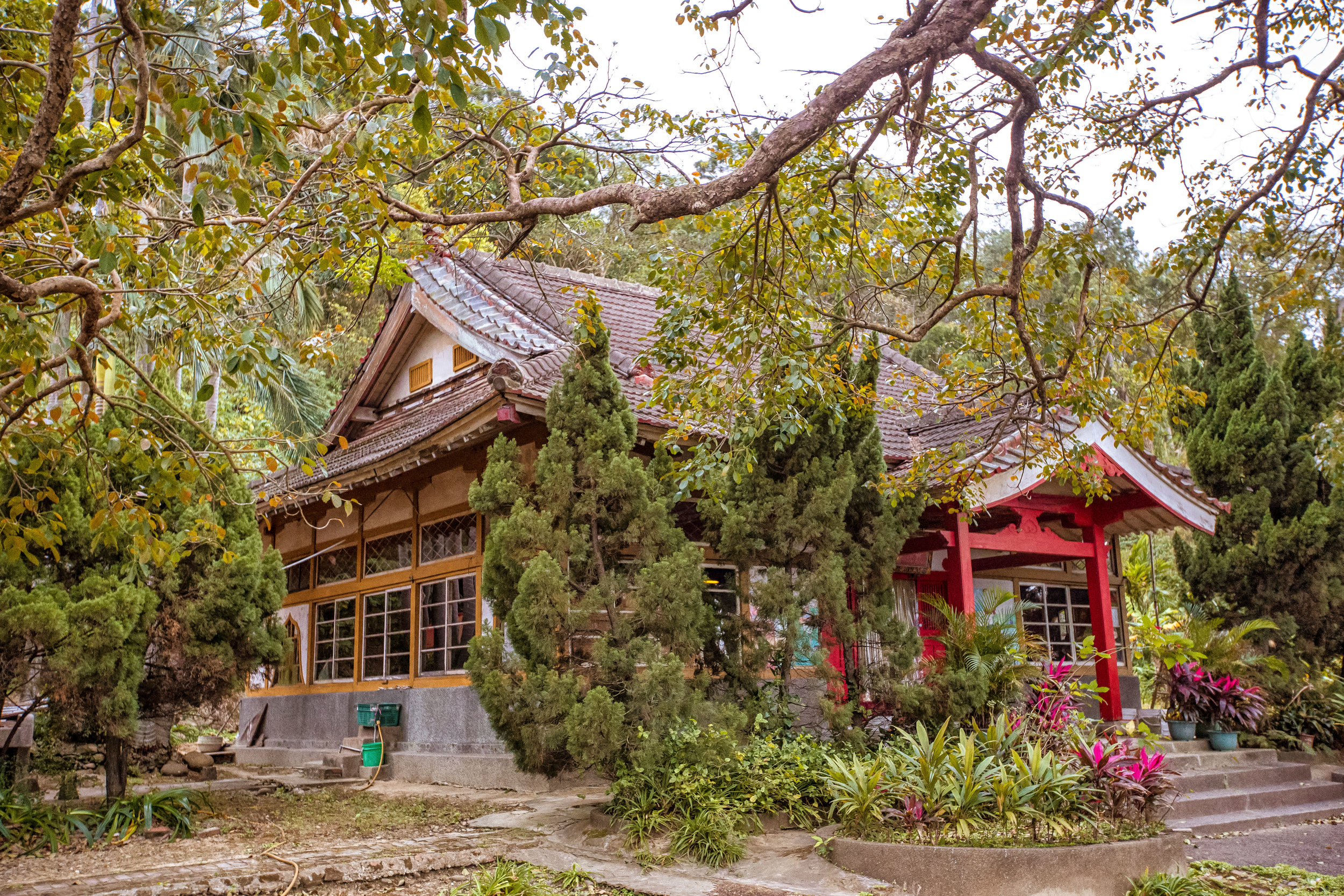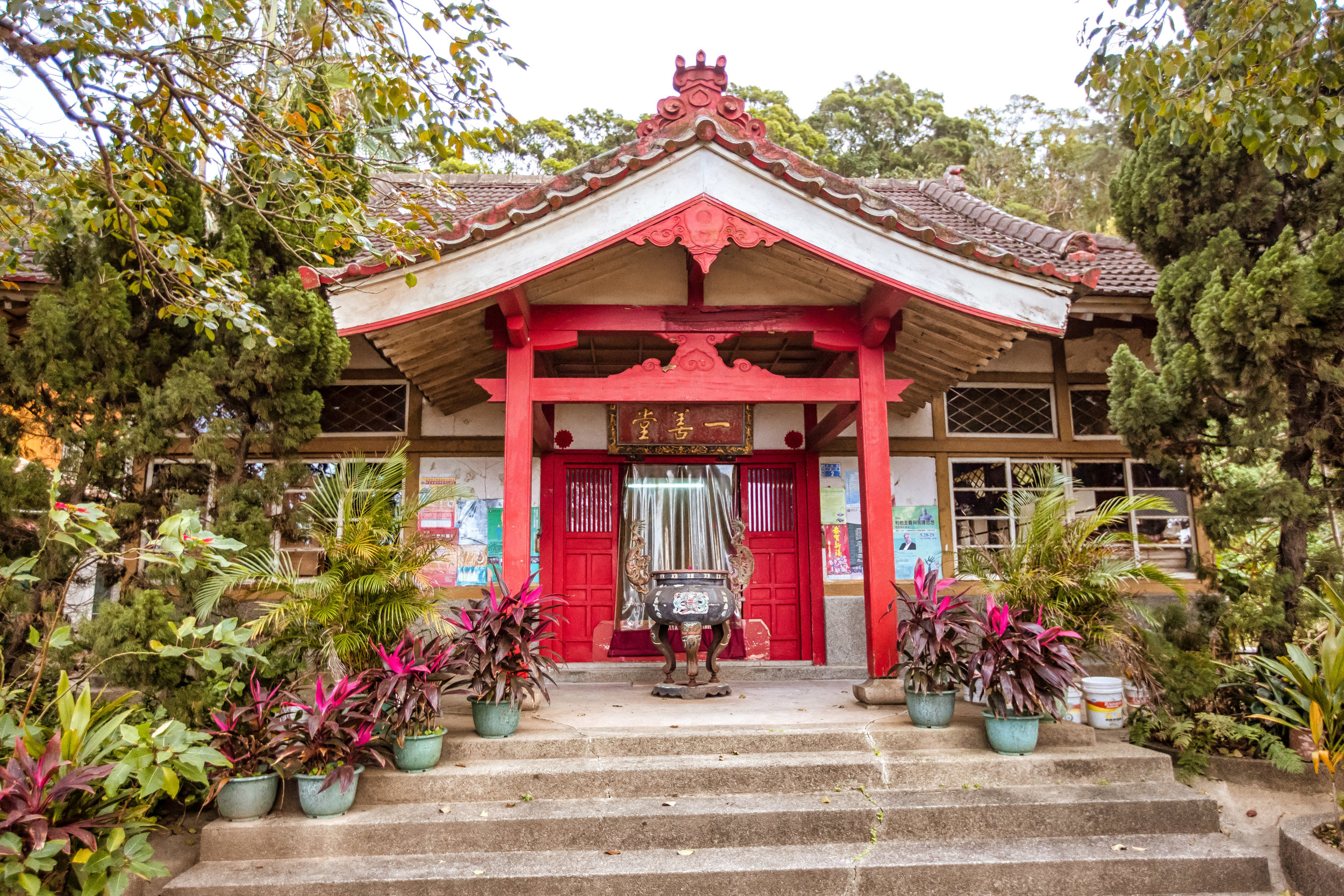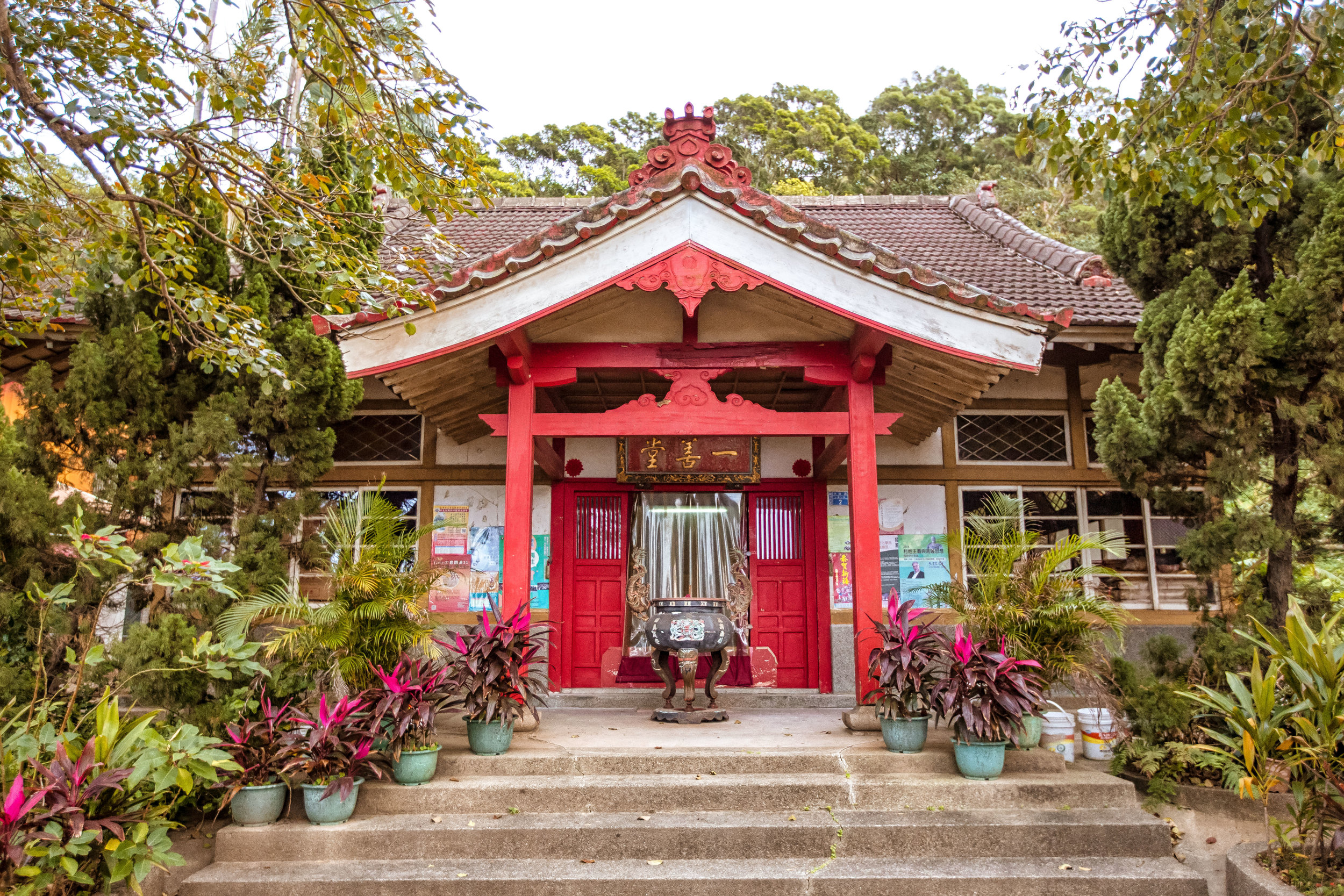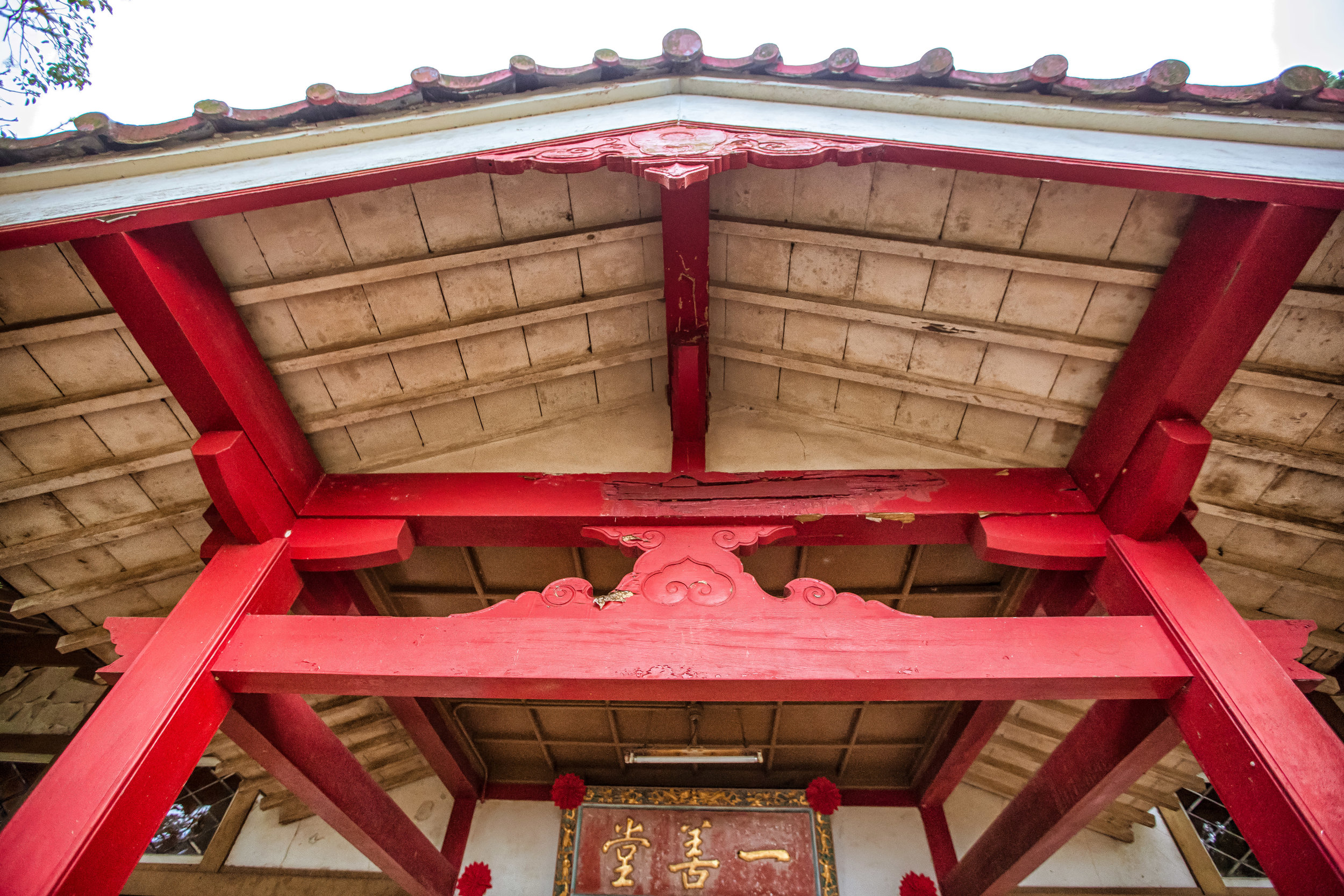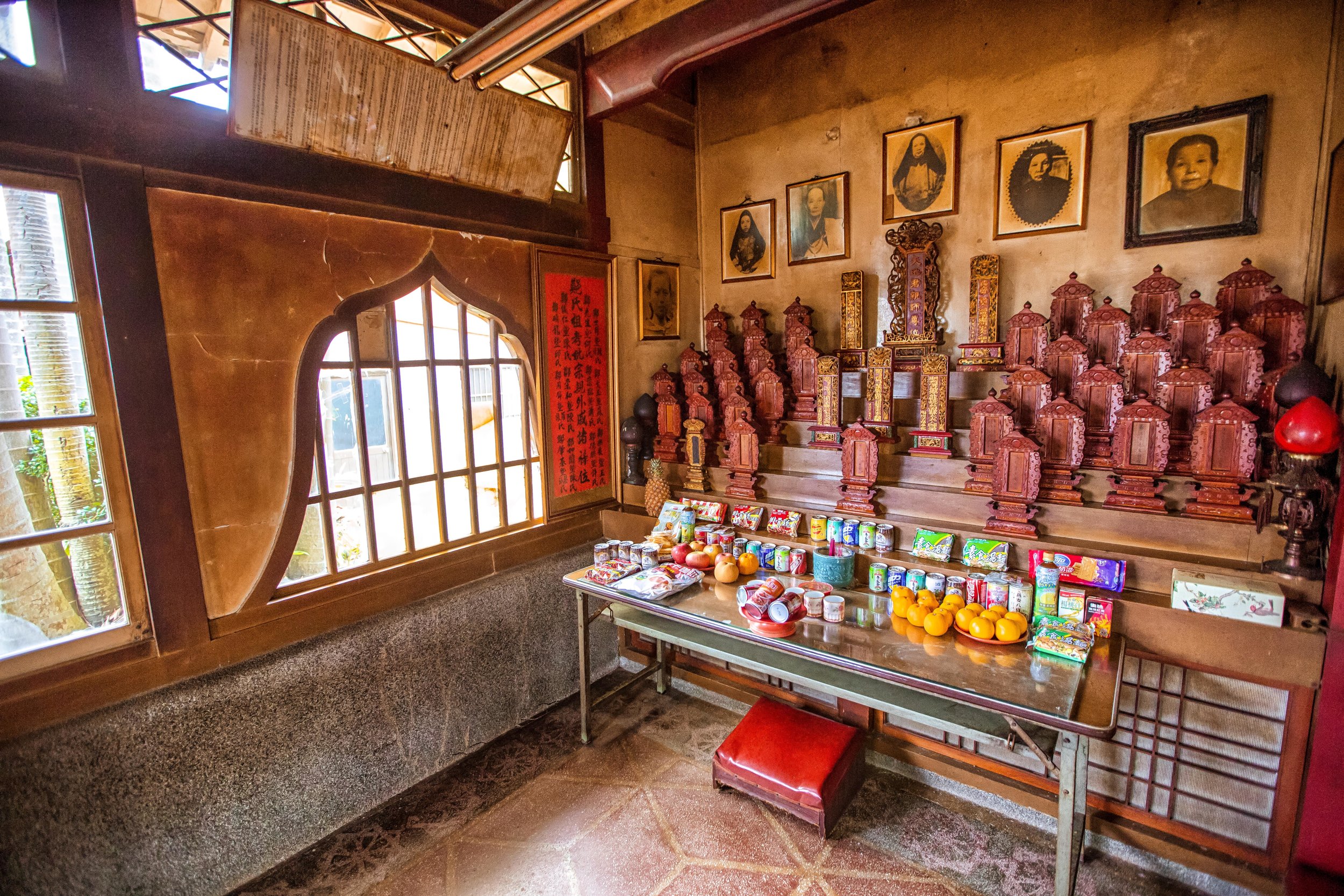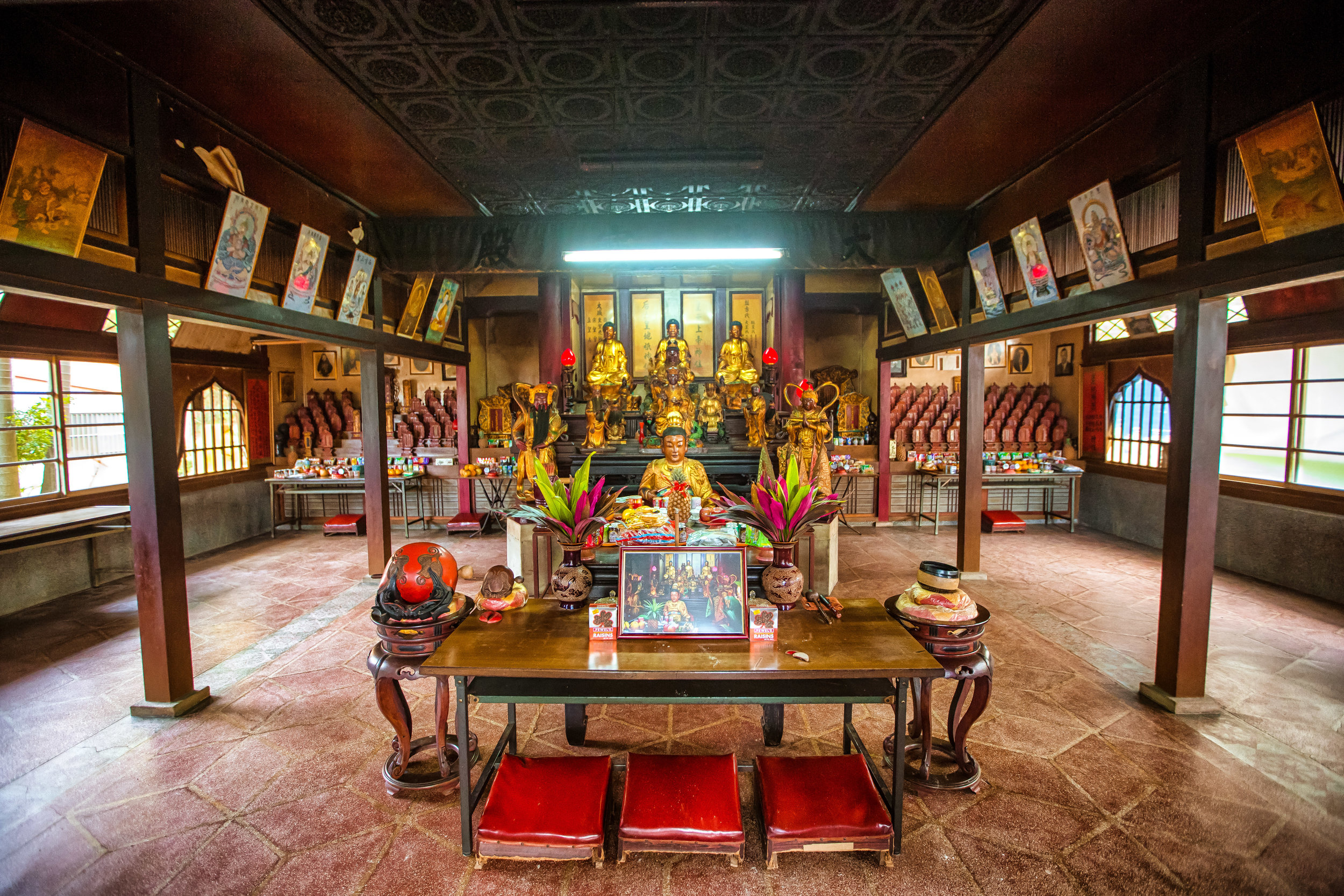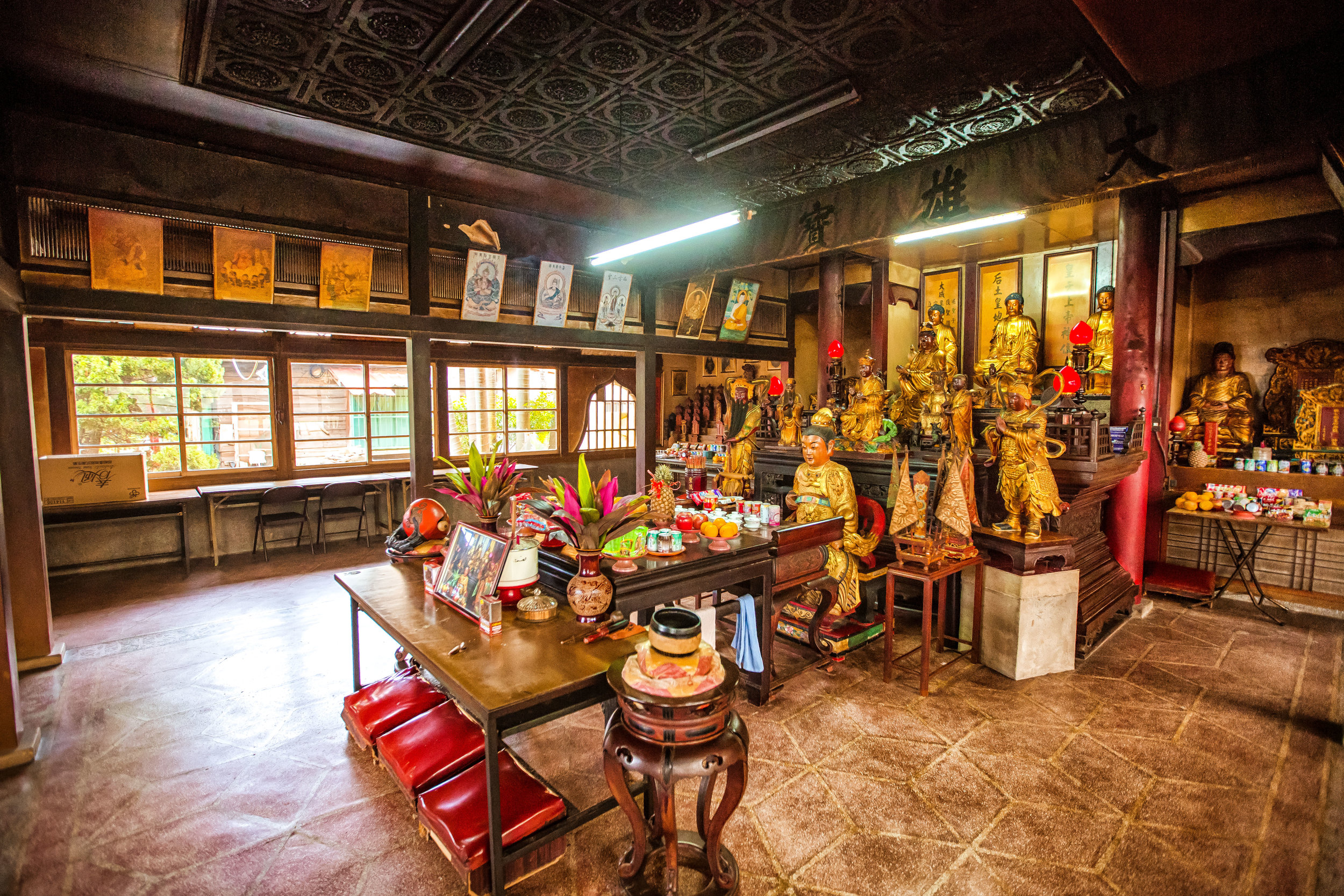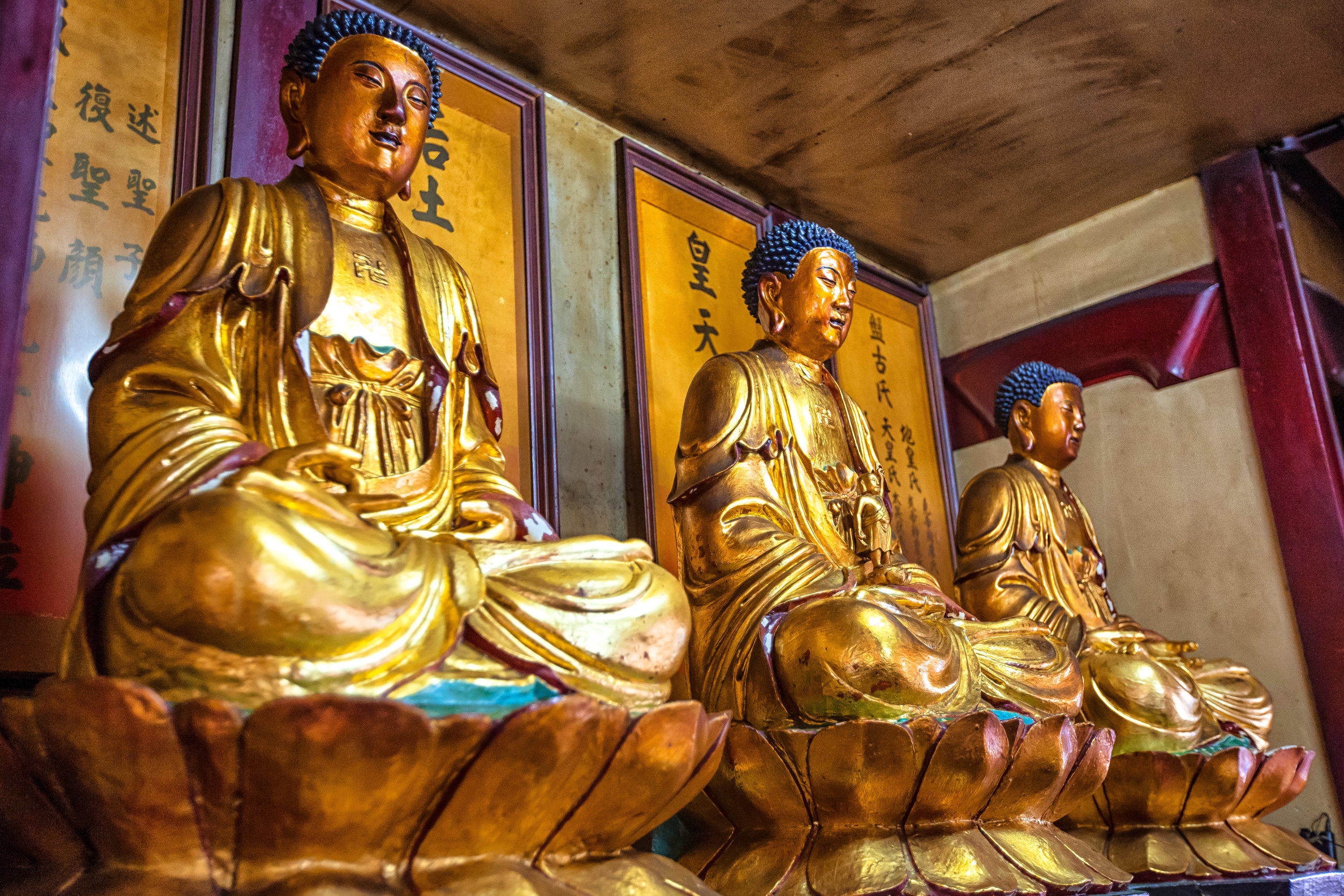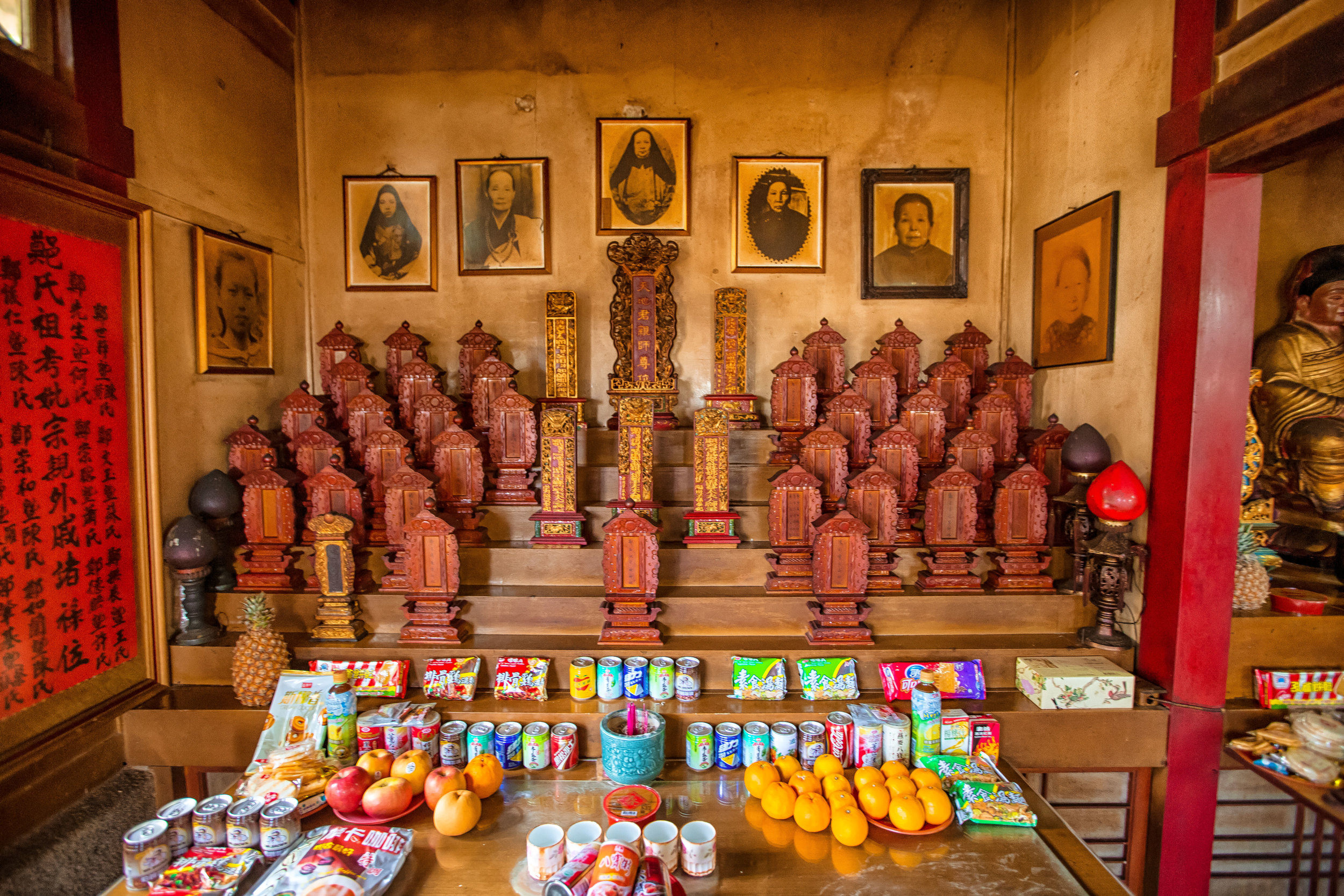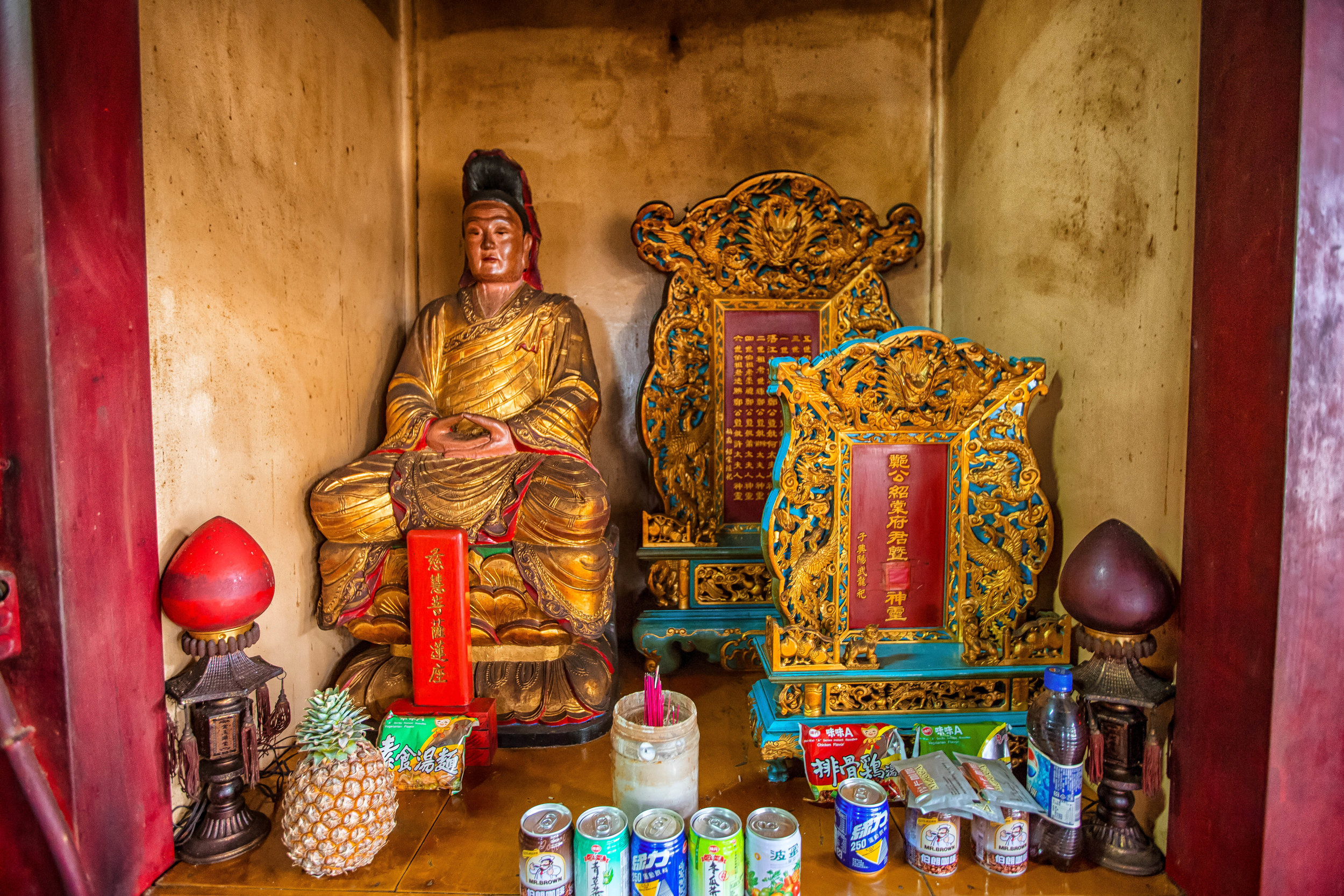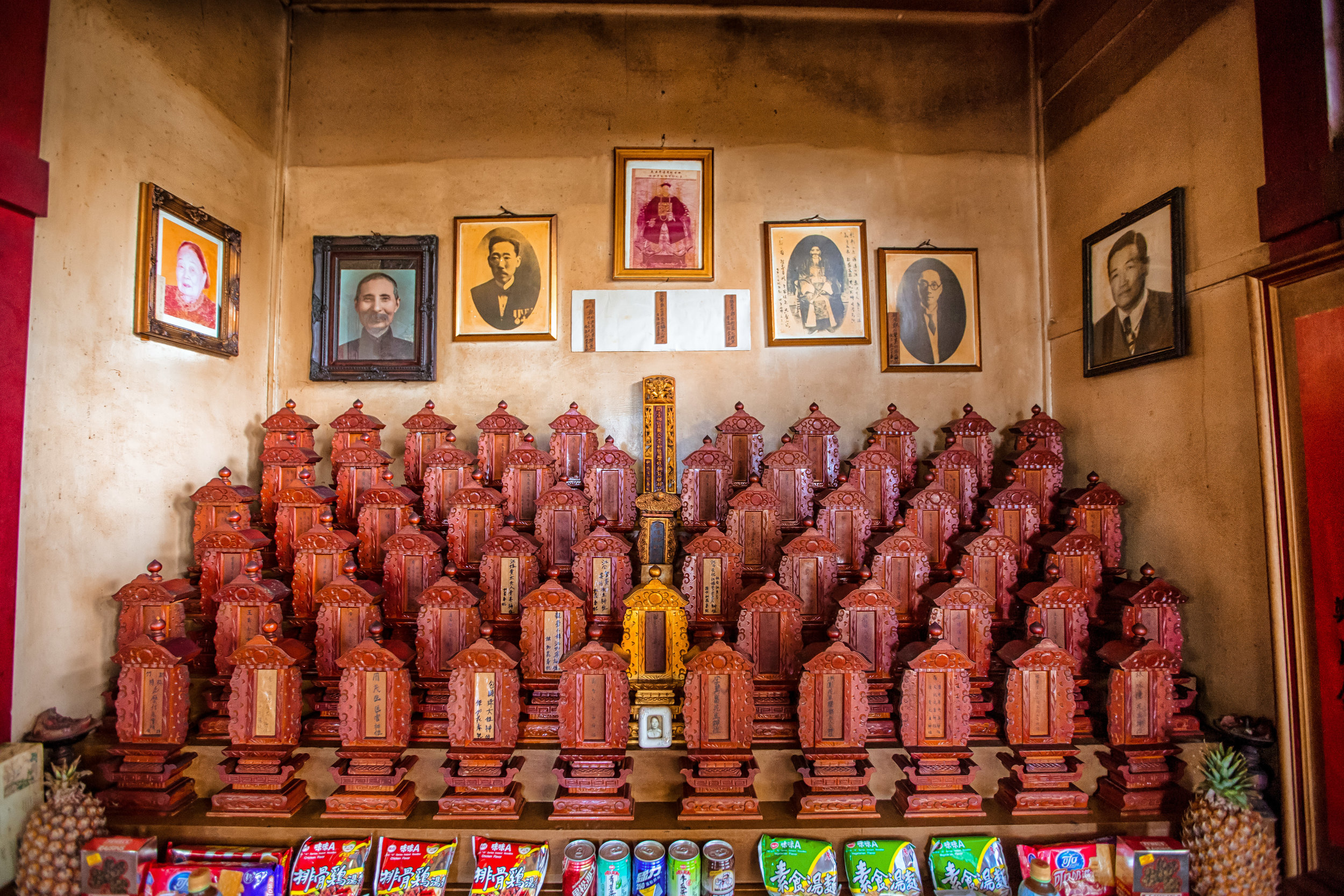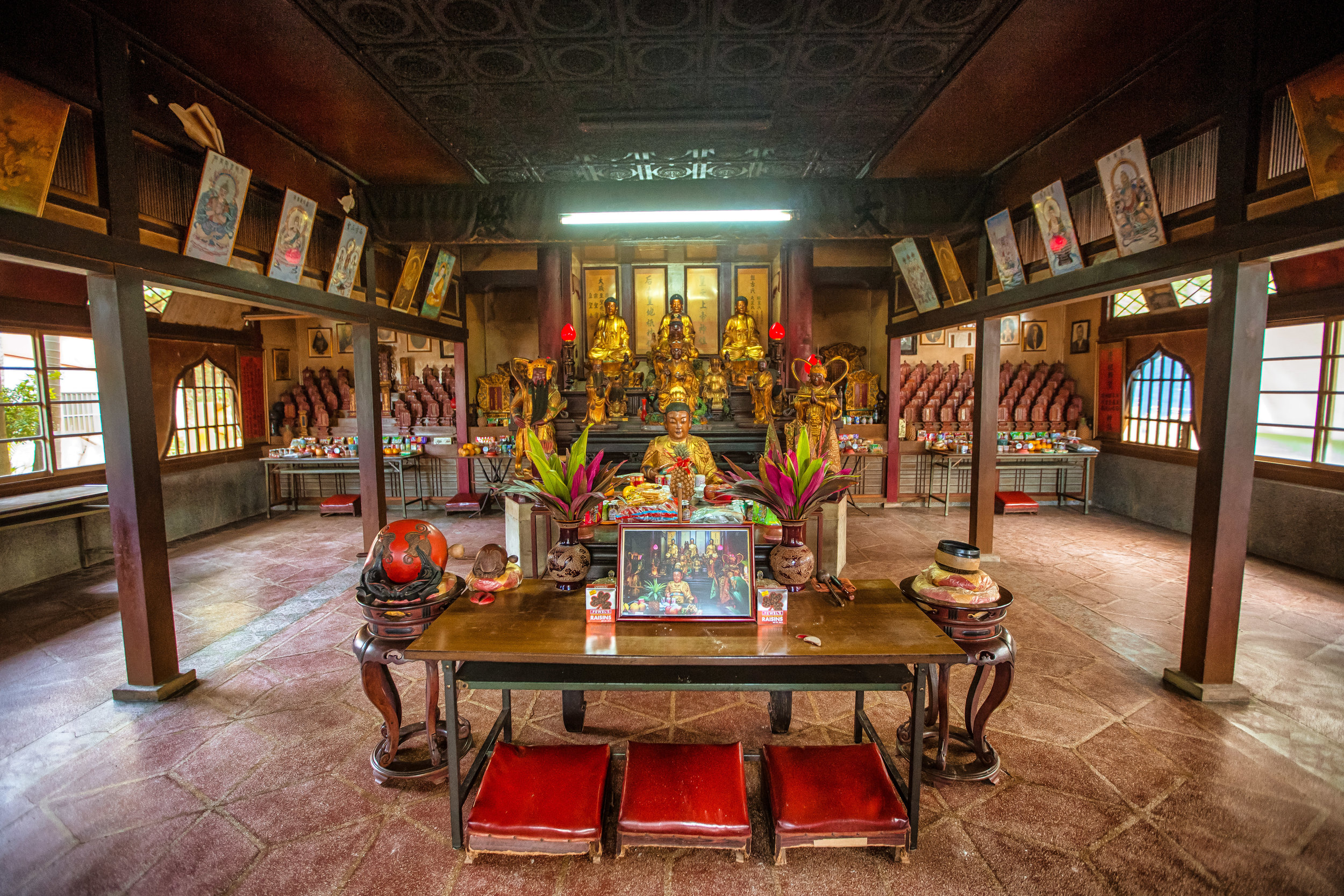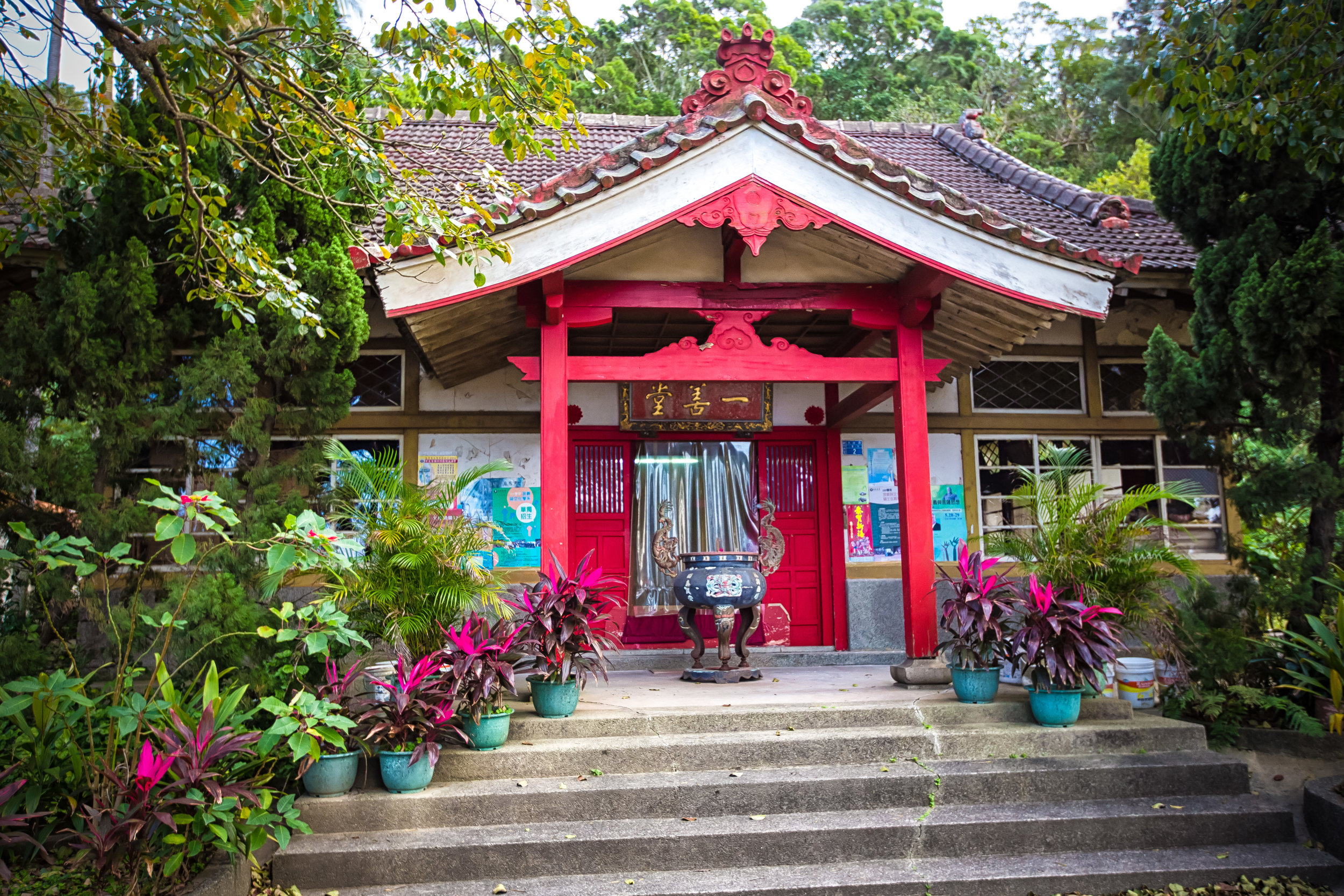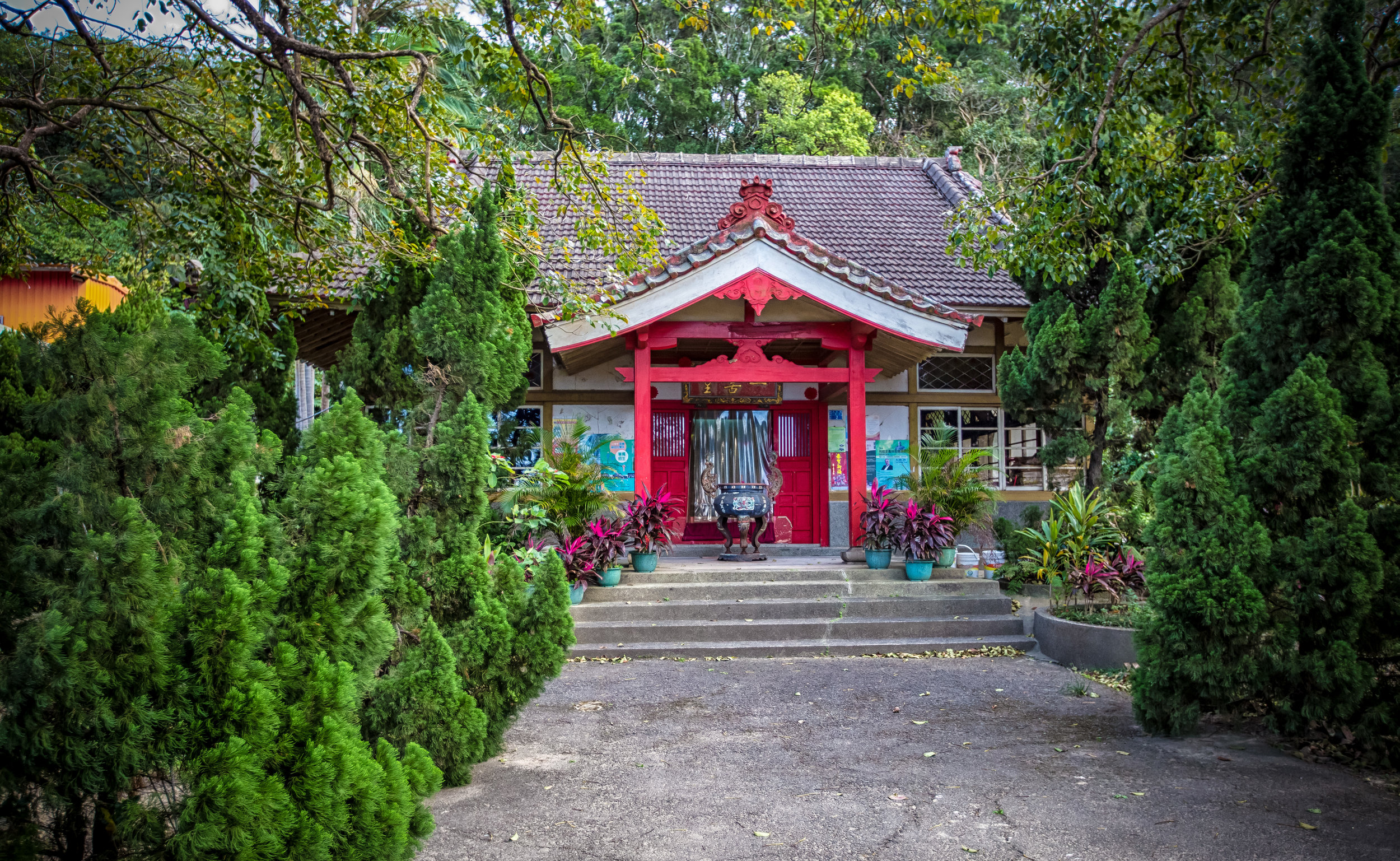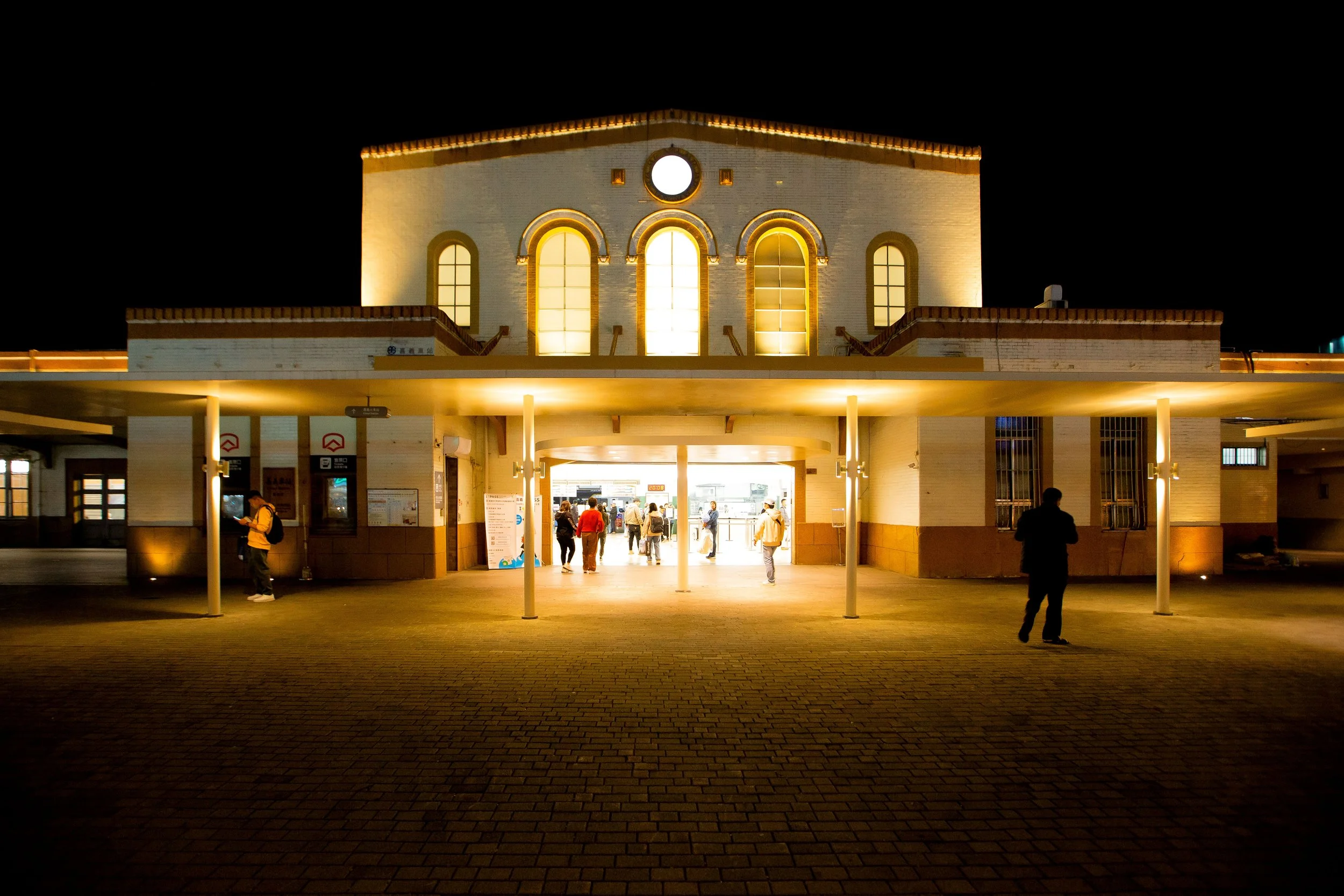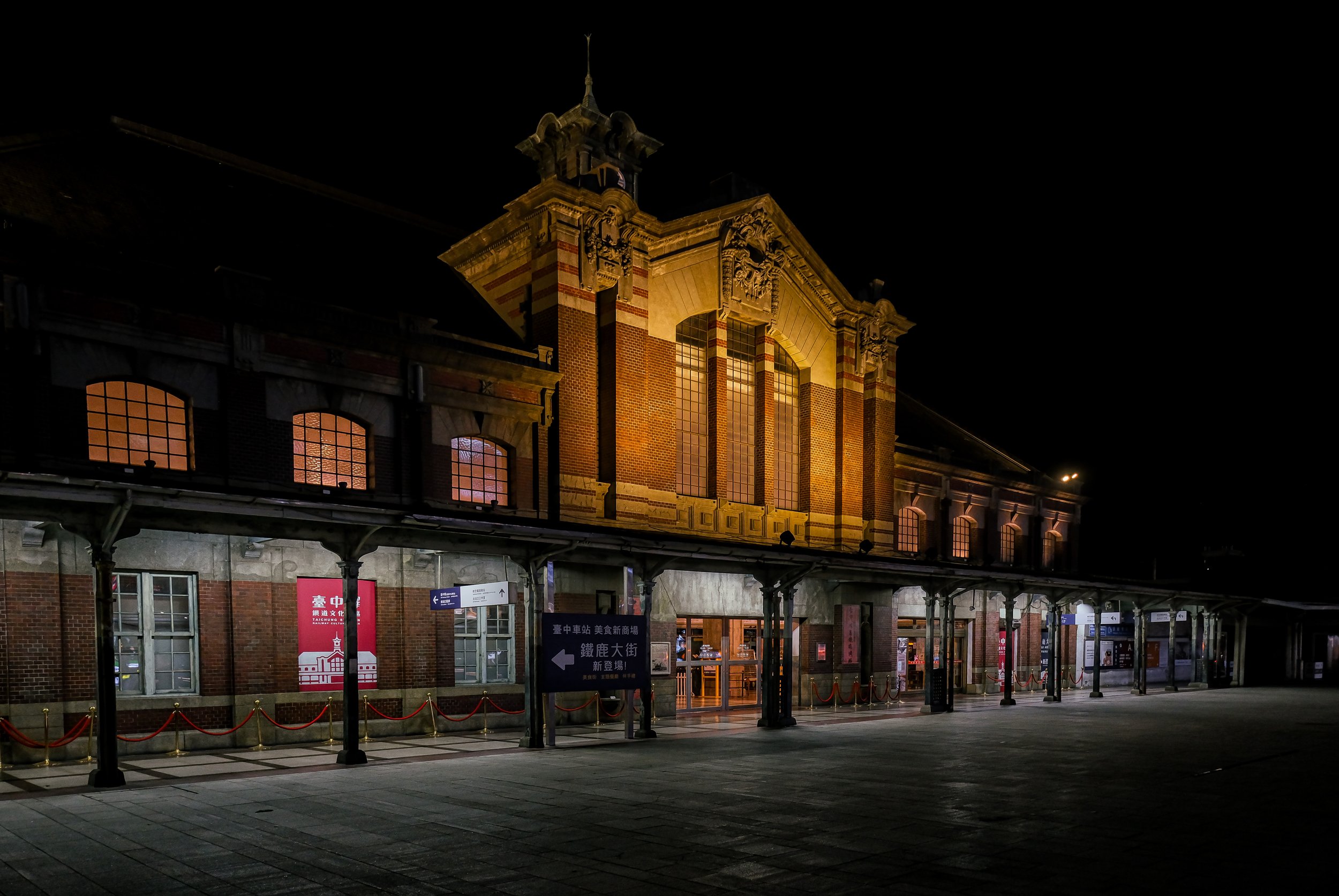On the last day of my Lunar New Year holiday I planned an action-packed day that would require waking up a lot earlier than usual during the holidays and getting myself out to Daxi Village to get more photos for my blog about the the Daxi Butokuden. From there I had plans to visit a historic property near the village which has been under renovation and closed to the public for several years now before meeting my friends for dinner and drinks in the late afternoon.
After visiting the Butokuden I drove over to the historic property only to find out that while its Facebook page said it was reopened, it was in fact still closed. Extremely unimpressed I quickly decided that I'd use the time to go check out a local Buddhist monastery which has become somewhat of an in-thing these days with tourism in Taoyuan.
Daxi has always been one of my favourite places to visit and even after a decade of living in Taoyuan, I'm happy that I'm still finding new interesting things all the time. The village is popular with tourists both domestic and international for its popular "old street" (大溪老街) and the Cihu Mausoleum (慈湖陵寢), the newly reopened Daxi Tea Factory (大溪老茶廠) and for people like me, the Daxi Butokuden.
The monastery which sits on a mountain on the opposite side of the Dahan River (大漢溪) is known as Zhai-Ming Monastery (齋明寺) and was originally constructed in 1873 (清同治12年). Known as one of the oldest monasteries in the area, it was classified as a Third-Grade Historic Site (三級古蹟) by the Ministry of the Interior in 1985.
While the traditional Fujian style 'Sanheyuan' (三合院) building is impressive in design, what attracted me most to this historic building was the amazing amount of imagery found on the roof and on the outer walls of the building which tell not only the Buddhist story but also includes a bit of local history and culture.
Before I get into that though I'm going to talk about the modern history of the popular monastery - In 1999, Master Sheng-Yen (聖嚴), founder of Dharma Drum Mountain (法鼓山), one of Taiwan's largest Buddhist organizations assumed control of the ancient monastery. The organization made plans to restore the beautiful property to its original glory, but in September of that year the devastation 921 Earthquake (921大地震) which rocked the entire country caused quite a bit of damage to the monastery.
After years of restoration, the monastery reopened to the public in 2009 with the original buildingbeing completely restored while making a few additions with modern lodgings for the monks of the Dharma Drum Mountain to the side and an impressive newly constructed "Zen Hall" behind the original building.
The new buildings were constructed with the vision that the original building should be the main attraction while the newer buildings would fade into the surroundings with the emphasis on maintaining the natural environment offering a blend between modern and ancient architecture.
The original Sanheyuan itself was meticulously restored with artisans restoring the beautiful imagery both in the interior of the building and receiving expert care. The result is an extremely well preserved historical building that has once again become a functional monastery as well as having imagery that as far as I'm concerned rivals only that of nearby Qingshui Temple in Sanxia.
Originally founded as a Buddhist monastery in 1873, the history of the temple has seen periods of integration of both Taoism and Chinese folk religion and periods of administration that were led by laypeople (non-monastics). That all changed though when the people at Dharma Drum took control of the property and returned it to its original roots as a Buddhist monastery.
The origins of the monastery dates back to 1850 when a local farmer named Li Ajia (李阿甲) became a Buddhist and decided to take a pilgrimage to Putuo Mountain (普陀山) in China. The mountain which sits on an island southeast of Shanghai is one of China's four sacred mountains (四大佛教名山) and is an incredibly important site for Chinese Buddhism.
Li's pilgrimage brought him to Fa Yu Temple (法雨寺) where he became a monk receiving the Dharma name "Hsing-Yue" (性悅). A few years later he returned to his hometown bringing with him a statue of Guanyin and built a cottage there where he intended to continue his monastic life and promote Buddhism in Taiwan.
When it comes to temple design, Taiwan is second to none in the way these beautiful buildings are constructed and that is something that has been consistent throughout the last several centuries of development. Temples dedicated to Taoism and Chinese Folk Religion are typically very ornate while temples dedicated solely to Buddhism are often a little bit more low-key.
This monastery however keeps with the low-key design aspect of typical Buddhist places of worship but when we consider that over the years the temple evolved from its original purpose as a Buddhist monastery and included aspects of Taoism and Folk Religion, it makes sense that it has ultimately become a bit more ornate than others and the imagery displayed on the outside of the temple in the form of murals and sculptures on the roof make the main part of the temple an interesting place to look and enjoy the craftsmanship that went into both its construction and its recent restoration.
While visiting the monastery it's important to keep an eye out for the murals that are painted and carved on the exterior of the building. The murals tell the story of the Buddha's life in chronological order (from left to right) from his birth to enlightenment and his death. There are also murals of Dragons, Qilin (麒麟) and various other mystical animals painted throughout the exterior.
An interesting thing to note is that you will find various versions of the Chinese word "明" (Ming) throughout the temple. For example you can see both "朙" and "眀" which are old words and are rarely used anymore these days. They all have the same pronunciation and the same meaning which makes their usage here quite special and is also a sign of the age of this building.
The interior of the building is quite interesting albeit quite small - Unfortunately they don't allow photography in the main shrine area so I wasn't able to focus on too many of the minute details. The main shrine is dedicated to Guanyin (觀音) while the shrines to the left and the right are dedicated to Taoist and Folk Religion deities.
The staff at the monastery are quite strict about not allowing visitors to take photos inside, so the best I could do was use my telephoto lens to get a few shots of the main shrine. While the staff are quite strict they are also quite helpful and are more than willing to discuss even the minute details of the building. I spent most of my time at the monastery chatting with one of the workers who I found to be extremely knowledgeable about the history of the place and was even able to teach me a few interesting things.
As mentioned above, the monastery has become somewhat of a tourist attraction as the local Taoyuan government continues its admirable efforts in promoting the once obscure county into one that is attractive to both domestic and international tourists. The county has targeted many of its historic buildings for restoration and has started to promote them.
The monastery is open to the public for tours and offers Buddhist lunches and dinners as well as classes for people who want to learn more. While visiting the temple its important to be relatively quiet as it is a functioning monastery, but don't be afraid, you won't be hassled by people for donations or pressured to listen to any lectures. The monks that walk around will smile and greet you but won't push an agenda on you.
If you are in the Daxi area, I highly recommend a visit to this beautiful monastery so that you can appreciate this beautifully preserved historic building as well as the beautiful hiking trail behind it which gives excellent views of Daxi village, Daxi Bridge (大溪大橋) and the Dahan River.
Location / Address
Address: #153 Zhai-Ming Street, Daxi Village, Taoyuan County.
地址:桃園市大溪區齋明街153號 電話:03-3801426
Gallery / Flickr (High Res Shots)
